Commentaries
Your Present Location: Teacher_Home> Wang Yiwei> CommentariesTrump, Putin hail ‘productive’, ‘constructive’ Alaska summit but leave questions on Ukraine deal unresolved; meeting lays groundwork for future talks: expert
Trump, Putin hail ‘productive’, ‘constructive’ Alaska summit but leave questions on Ukraine deal unresolved; meeting lays groundwork for future talks: expert
Source: Global Times
Published: Aug 16, 2025 02:07 PM

US President Donald Trump and Russian President Vladimir Putin met for about three hours in Anchorage, Alaska, US on Friday, in what Trump described as very "productive" and Putin said "constructive", but the summit ended without a deal on the Ukraine crisis.
Chinese experts said the "Trump-Putin meeting" was highly symbolic and the overall atmosphere was equal, pragmatic and friendly. It carries diplomatic significance for Russia, breaking its international isolation while also signifies a key step toward Trump goal of seeking resolution to end the Ukraine crisis, laying groundwork for future dialogue.
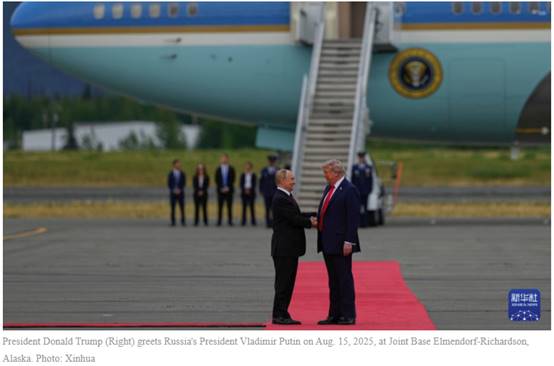
Closely watched exchanges
The two presidents held a joint press conference after concluding their talks at Joint Base Elmendorf-Richardson in Anchorage, the most populous city in the US state of Alaska, according to media reports.
Fox News reported that the summit was billed as "extremely productive," with the aim of ending the war in Ukraine, although the next steps remain uncertain.
Putin, who spoke first at the press conference, described the talks as taking place in a "constructive atmosphere of mutual respect," noting that "agreements" had been reached but without elaborating on details. Neither leader took questions from reporters.
"We had an extremely productive meeting, and many points were agreed to," Trump said, according to CNN. He added, "We didn't get there, but we have a very good chance of getting there." Trump stressed that Ukraine would have to "agree" with what US Secretary of State Marco Rubio, US envoy Steve Witkoff and others in his administration discussed with Putin, though he did not delve into specifics on any framework for a deal, CNN reported.
Speaking to Fox News after the summit, Trump rated the summit a "10" out of 10 and touted "very good progress" in the road to peace in Ukraine, though he emphasized, "there's no deal until there's a deal." "I can tell you, the meeting was a very warm meeting," he said. "You know, he's a strong guy, he's tough as hell on all of that, but the meeting was a very warm meeting between two very important countries, and it's very good when they get along. I think we're pretty close to a deal. Now look, Ukraine has to agree to it," according to Fox News.
According to CNN, Trump signaled he'd hold off on imposing more sanctions or other "severe consequences" against Russia after concluding that the summit went "very well," according to CNN. He also said he was going to call up NATO allies and Ukrainian President Volodymyr Zelensky after the joint news conference with Putin and brief them about the inner workings of the meeting, Fox News reported.
As neither leaders took questions from the assembled reporters at the post-summit press conference, some media focused more on certain details of the talks to interpret the closely watched encounter.
CNN noted that typically, when an American president is hosting a foreign counterpart, a joint news conference would begin with remarks from the US leader followed by his guest. But in Anchorage, Putin opened the news conference while Trump looked on. Putin spoke for around eight minutes, while Trump, "who is known for typically longer and at times free-wheeling news conferences," only spoke for about four minutes, according to CNN.
CNN also described Putin's red carpet welcome to the US and a ride in "the Beast" both present as an extraordinary form of reputational rehabilitation.
The overall atmosphere of the "Trump-Putin meeting" was one of equality, pragmatism, and friendliness. Despite the arrest warrant against Putin issued by the International Criminal Court, Trump extended a grand welcome with warm handshakes and even traveling together in the same car — gestures that conveyed his respect for Putin and signaled disapproval of the way previous European and US administrations handled relations with Russia, Wang Xiaoquan, an expert with the Institute of Russian, Eastern European & Central Asian Studies of the Chinese Academy of Social Sciences, told the Global Times.
Wang Xiaoquan also noted that holding the meeting in Alaska was highly symbolic, as Russia sought to emphasize that the two countries are neighbors with many common interests, and that developing ties with the US is part of Moscow's "pivot to the East" strategy, rather than a return to reintegration with the West.
The summit marked Putin's first visit to US in ten years, according to the TASS. He last visited in September 2015 to attend the anniversary session of the UN General Assembly in New York.
After meeting with Trump, Putin visited the graves of Soviet pilots in the US state of Alaska to lay flowers. Earlier at the joint press conference, Putin said that Alaska carries the common heritage and history between Russia and the US. During World War II, it was in Alaska that the famous air bridge was established, providing military aircraft and other equipment to the Soviet Union. Pilots from both countries risked their lives and courageously pressed forward, contributing to the victory in the war, according to CCTV News.
Putin said that Russia and the US are close neighbors, and the shared history during World War II should help the two sides build a mutually beneficial relationship. He emphasized that Russia will always remember how the two nations once stood together against a common enemy, CCTV News reported.
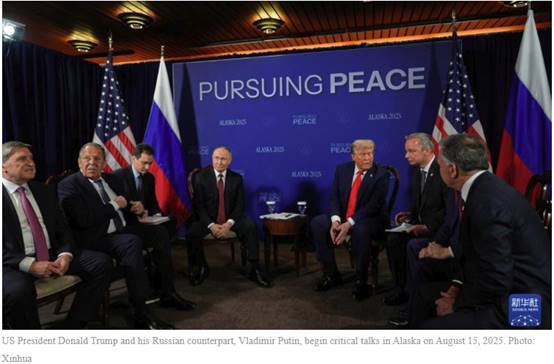
Lay groundwork for future talks
"Even without considering whether an agreement was reached, the meeting signals an improvement in relations and could possibly mark the start of normalization of the US-Russia relations," said Wang Yiwei, director of the Center for European Union Studies at Renmin University of China. He noted that despite continuing US and European sanctions, Putin's appearance in the US as Trump's guest underscored a shift in ties.
For Trump, Wang Yiwei argued, the summit also represented an important step toward his oft-stated goal of ending the Russia-Ukraine conflict. "This is the first direct face-to-face meeting between the US and Russian presidents since the outbreak of the conflict, and it is a significant step toward seeking resolution," Wang said.
Trump revealed that he is willing to be at a peace meeting between the Putin and Zelensky. "Now, it's really up to President Zelensky to get it done, and I would also say the European nations, they have to get involved a little bit, but it's up to President Zelensky... and if they'd like, I'll be at that next meeting," he said, Fox News reported.
"The 'Trump-Putin meeting' was neither a case of each side simply talking past the other, nor did it achieve complete alignment," said Zhao Long, deputy director of the Institute of Global Governance at the Shanghai Institute for International Studies.
"It resembled a delicate puzzle, with both sides attempting to fit the core demand for a Ukraine ceasefire into the larger picture of normalizing US-Russia relations." Zhao Long added that both leaders sought to avoid a perception of failure, so under the framework of low expectations, even minor consensus points were presented as significant progress to lay the groundwork for further dialogue.
Zhao Long argued that Washington and Moscow will continue to use the ceasefire issue to advance normalization of ties, though a decade of mistrust, entrenched confrontation, and conflicting global interests means the process faces many obstacles.
Previously, Kremlin Spokesman Dmitry Peskov said the summit between Trump and Putin might last for a total of six to seven hours, given a fair number of events on the agenda, the TASS reported.
However, the talk lasted for slightly more than three hours, if counted from their exchange of remarks on the red carpet. The three-on-three meeting itself was just ten minutes short of three hours, the TASS reported after the summit.
"The duration of the meeting was shorter than expected, which showed that while the two sides reached some consensus and made progress in certain areas, they remained divided on key issues without substantive solutions," Zhao Huirong, an Eastern European studies expert from the Chinese Academy of Social Sciences, told the Global Times.
"The compressed time and agenda reflect the complexity and sensitivity of the problems, as well as risk-avoidance considerations. Moreover, although they held a press conference, the decision not to take questions was also aimed at avoiding new controversies, leaving space for follow-up discussions," said Zhao Huirong.
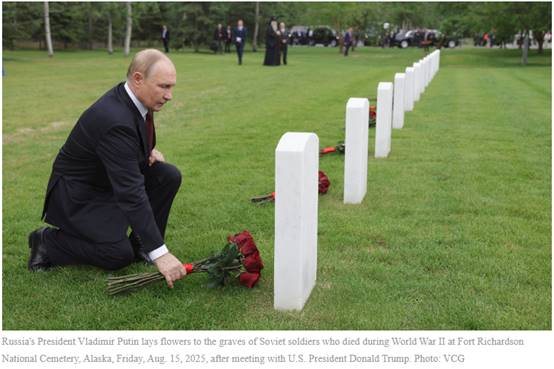
Key Words: Alaska summit, Ukraine conflict
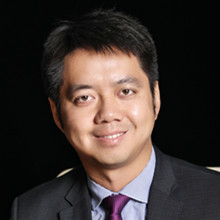
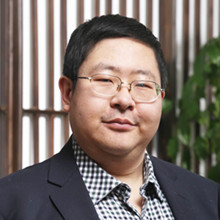
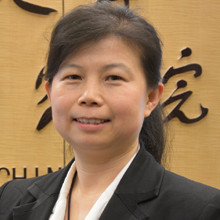

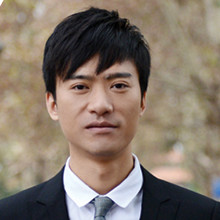
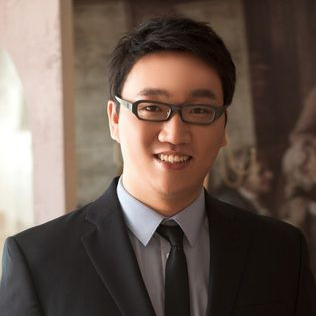
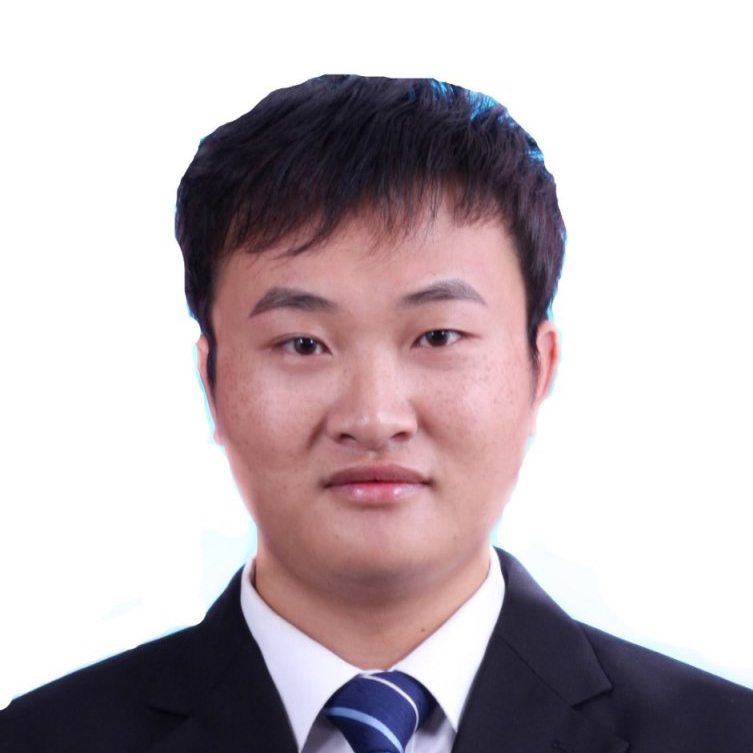
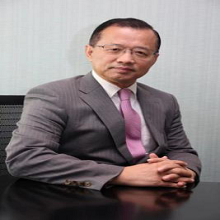
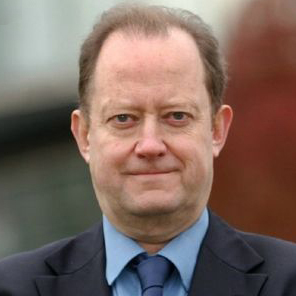
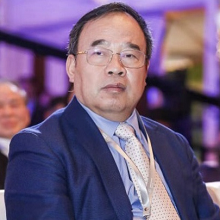
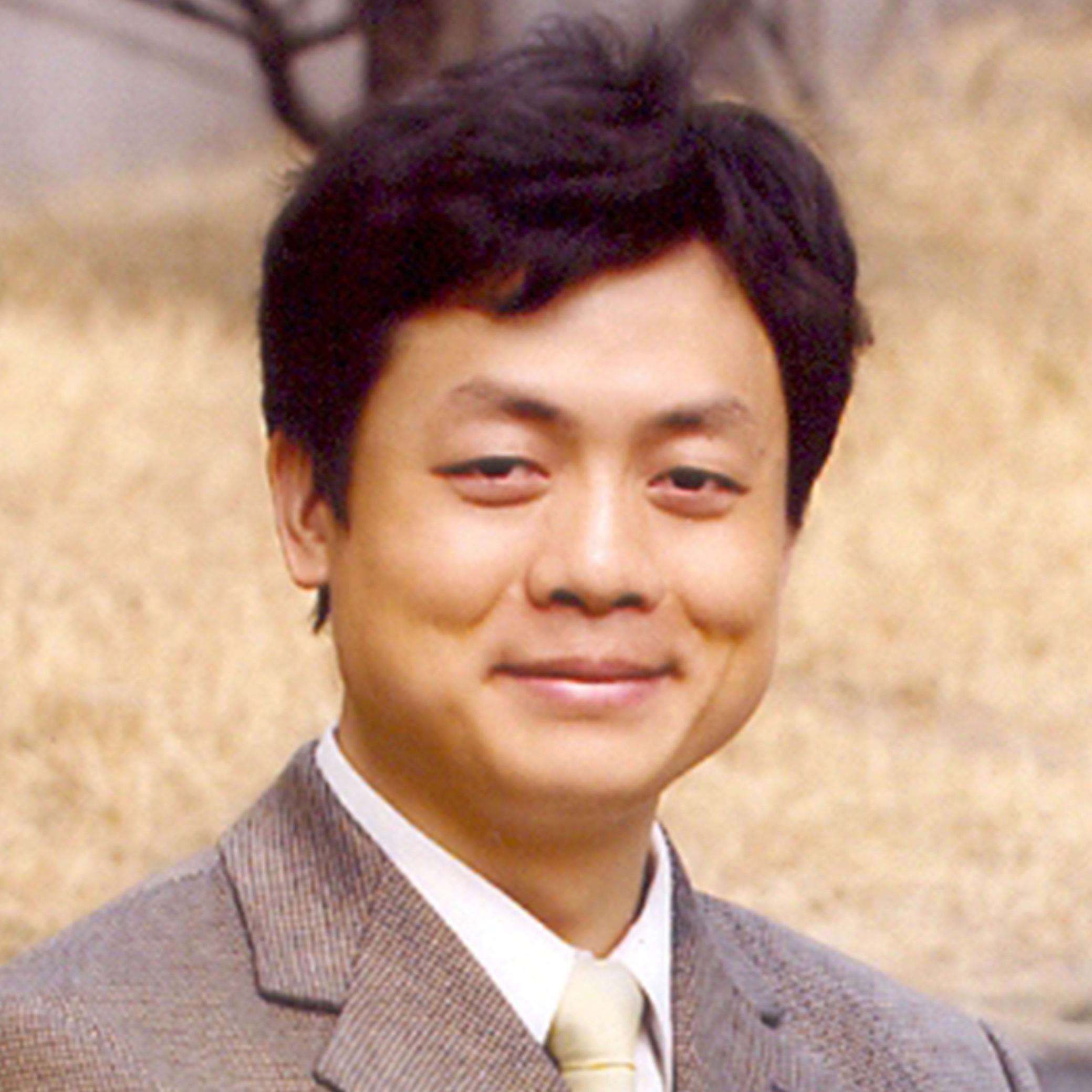
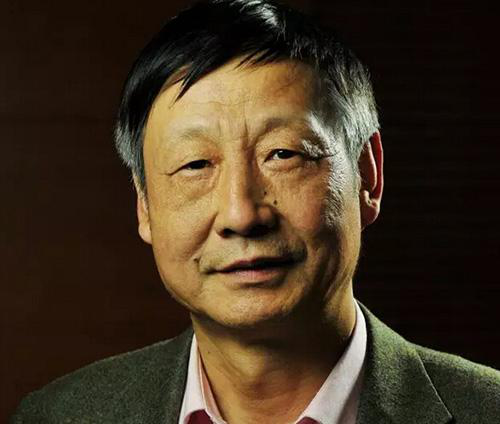

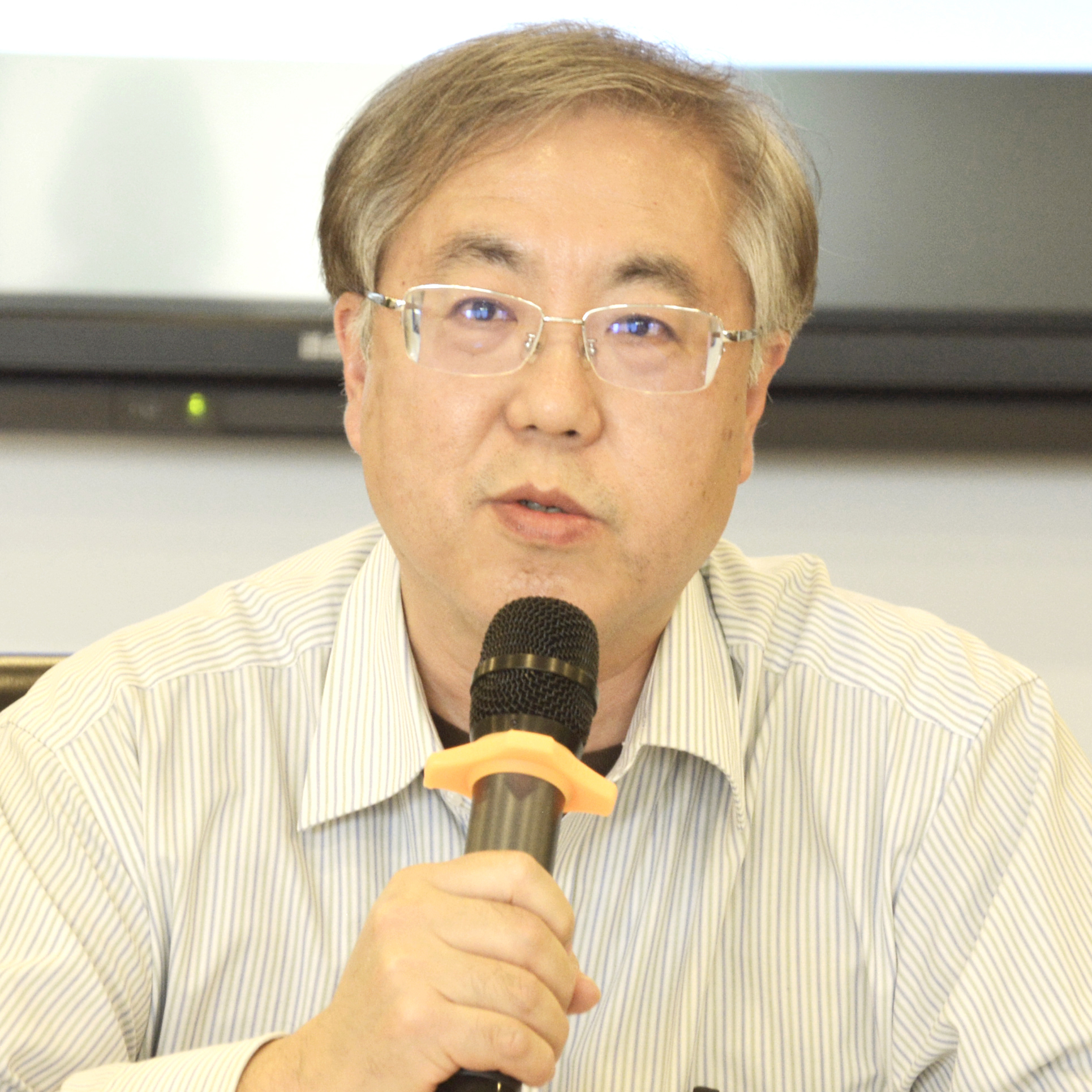

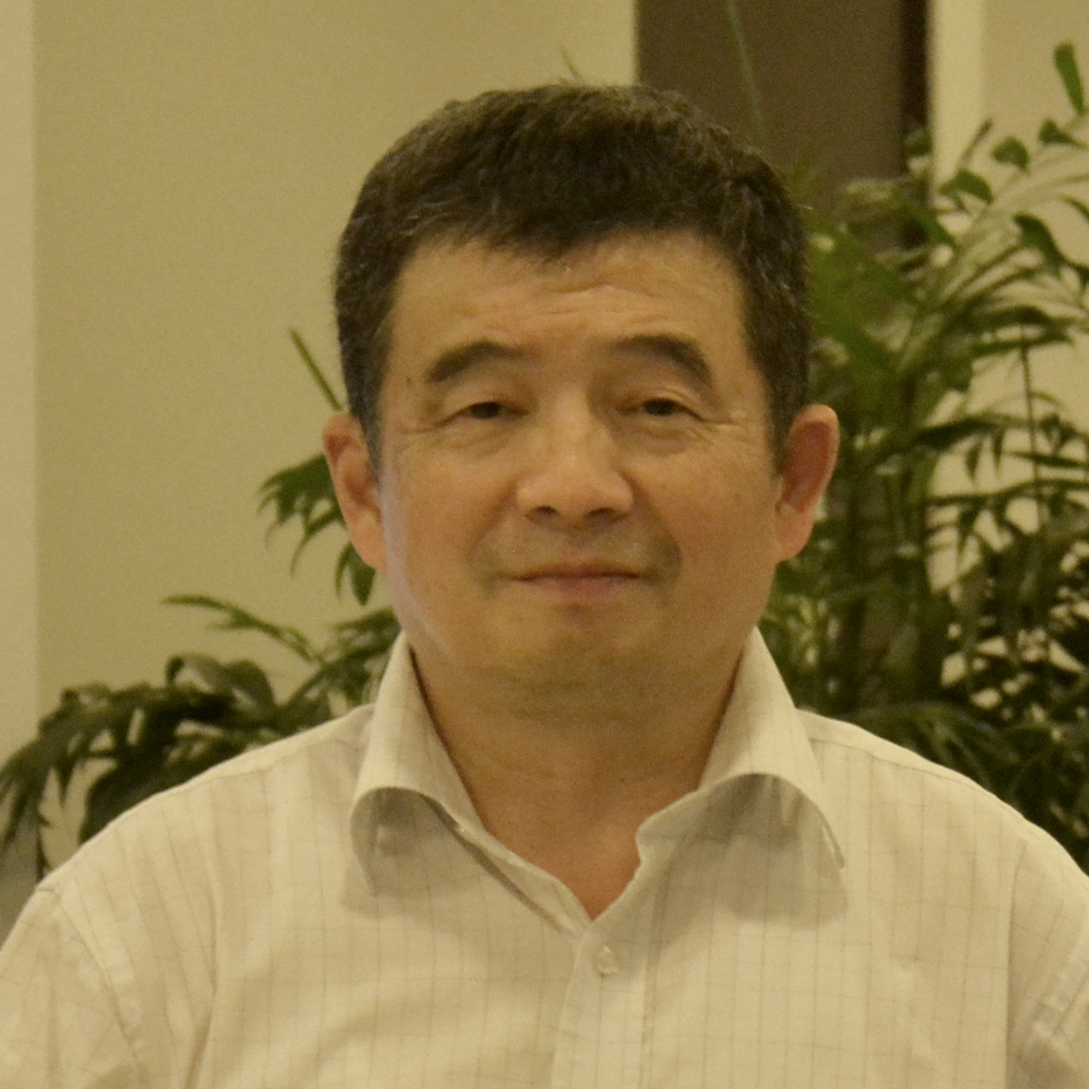
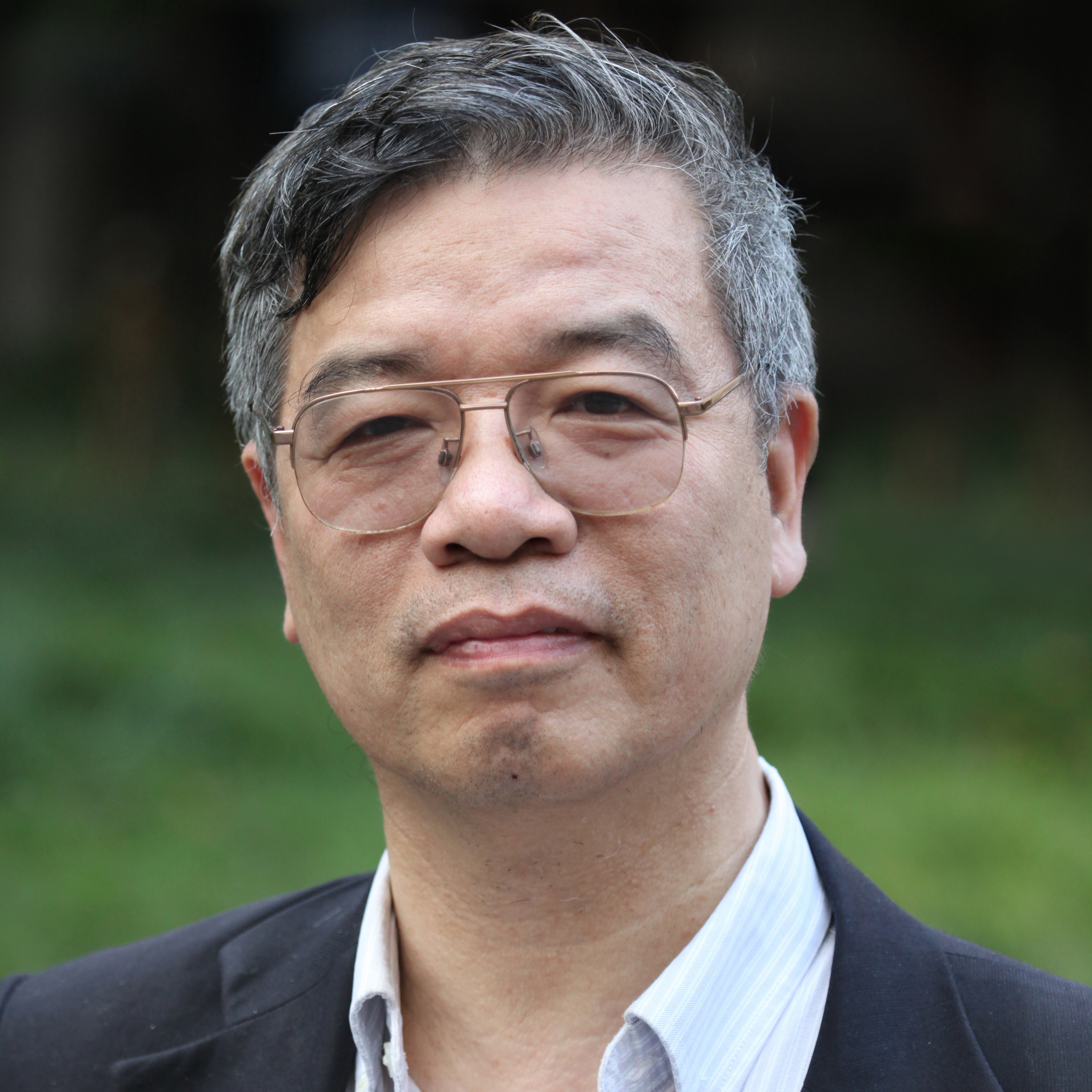
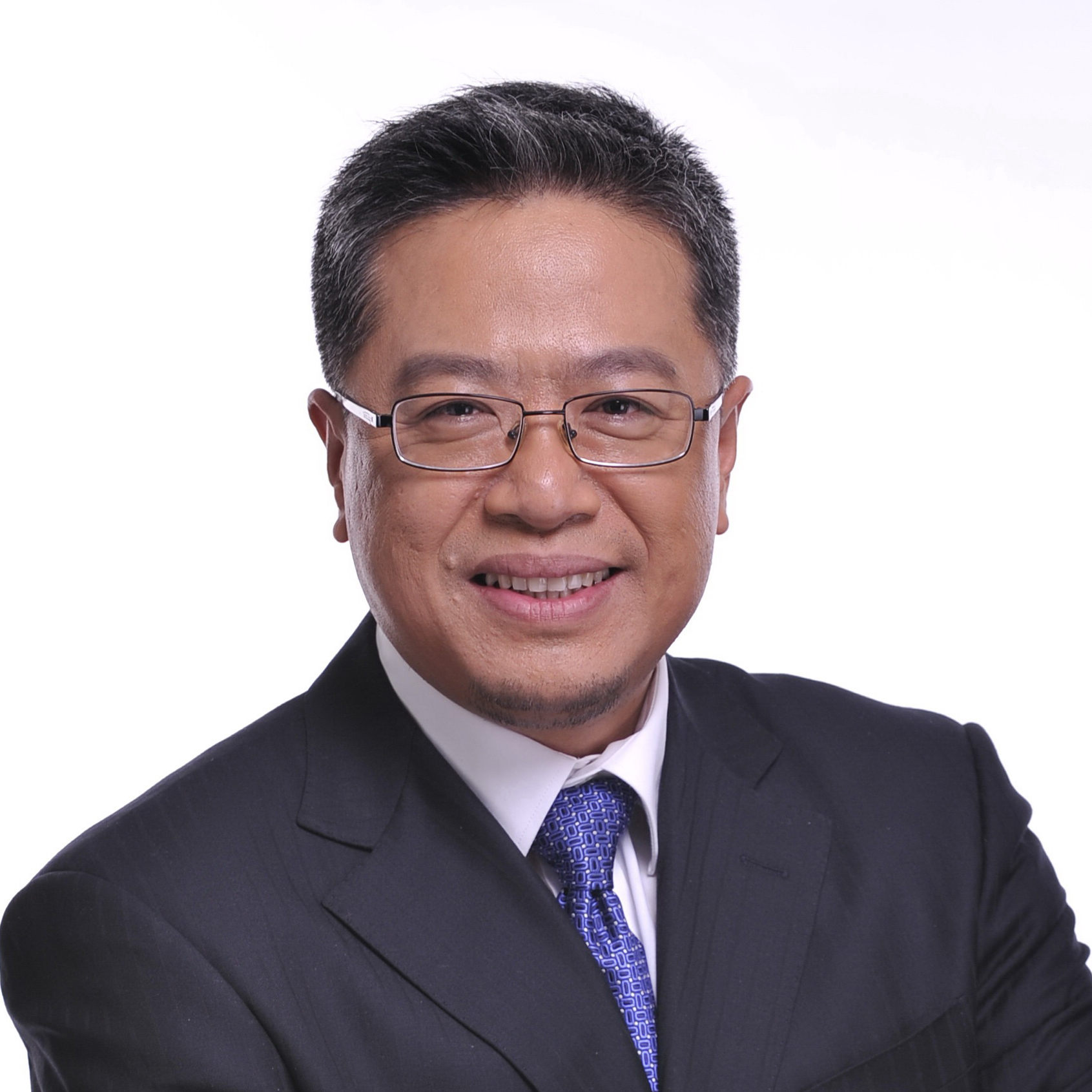
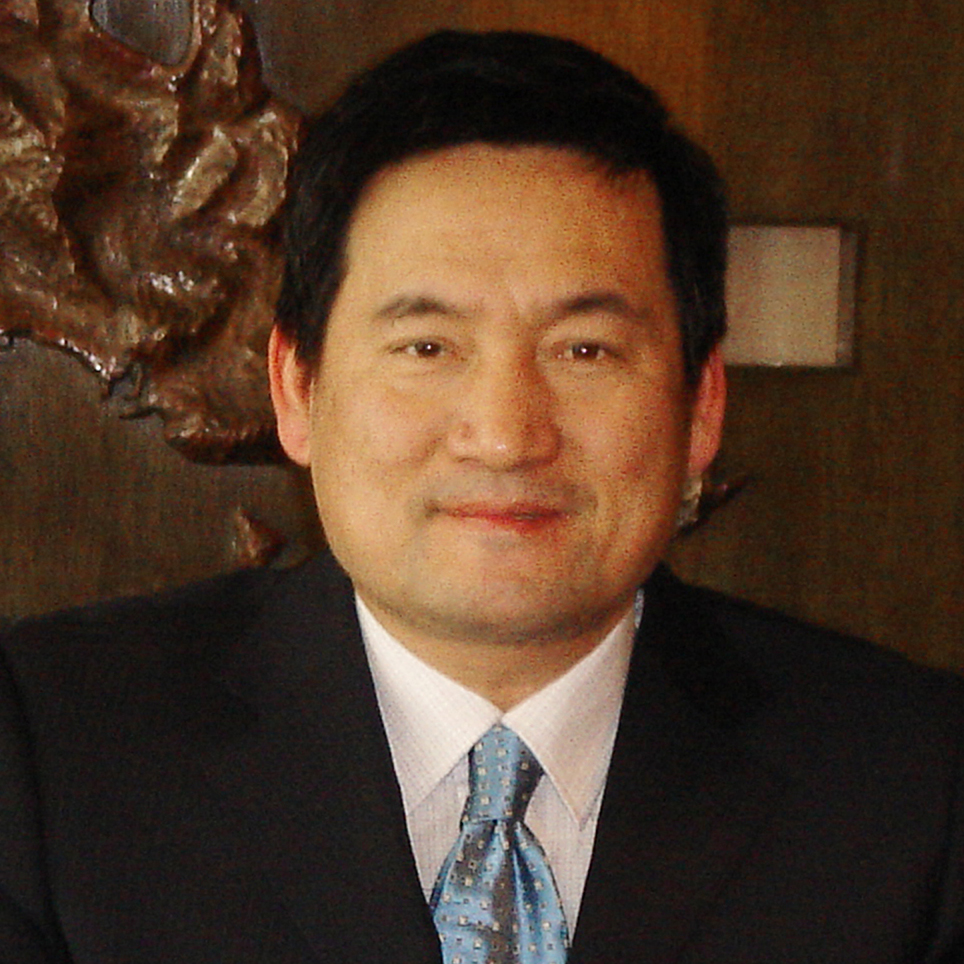


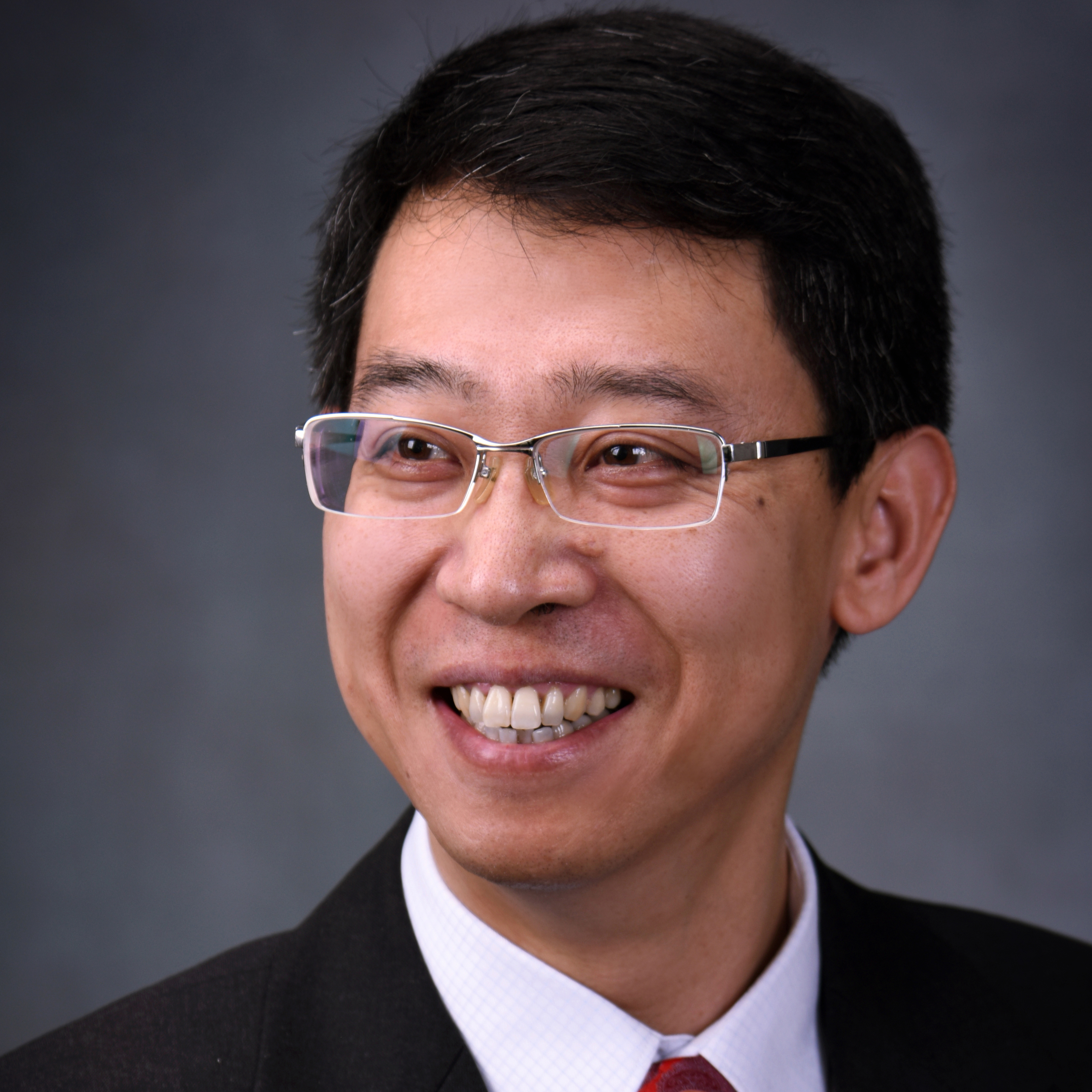



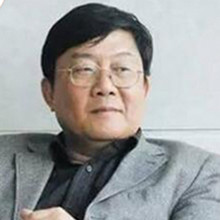



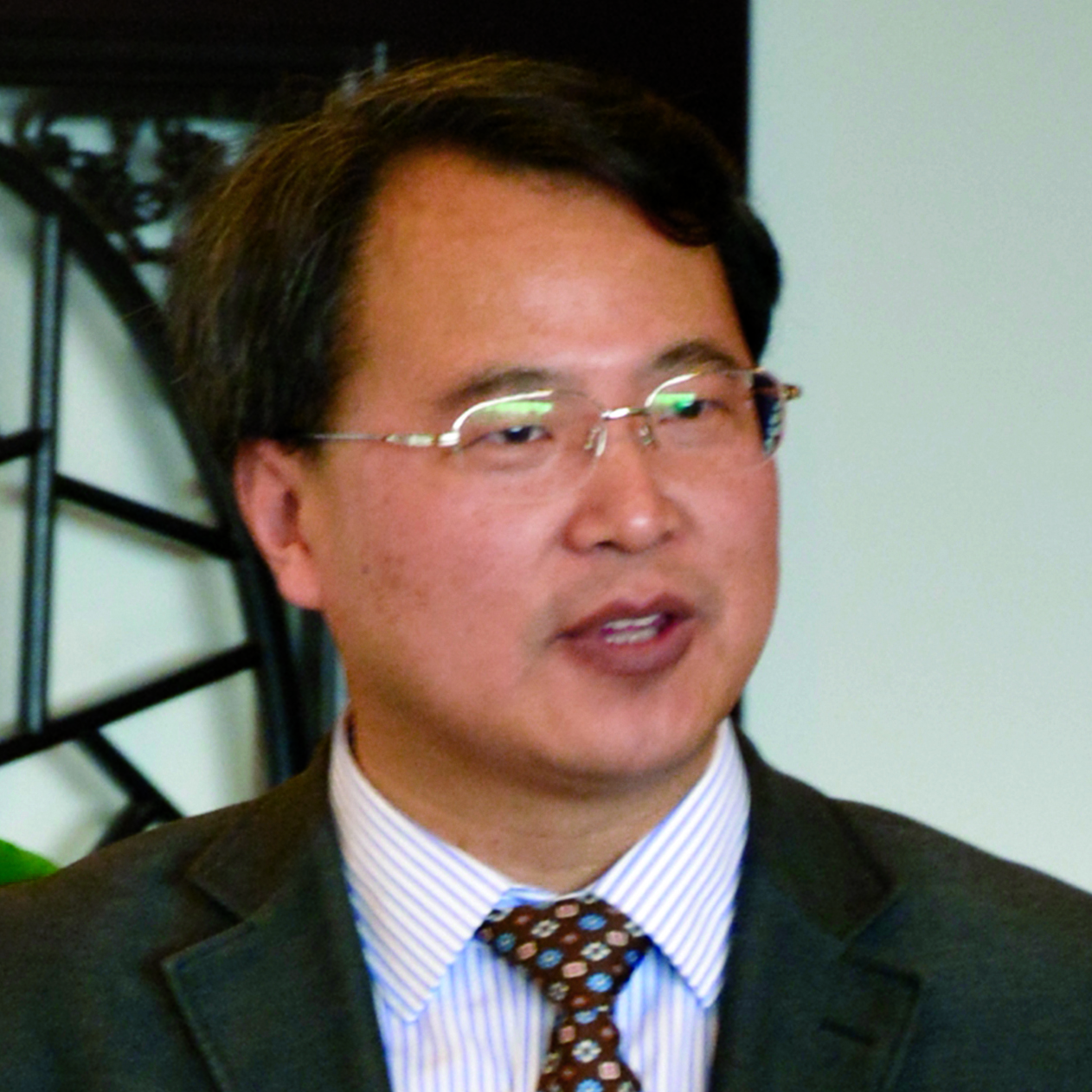
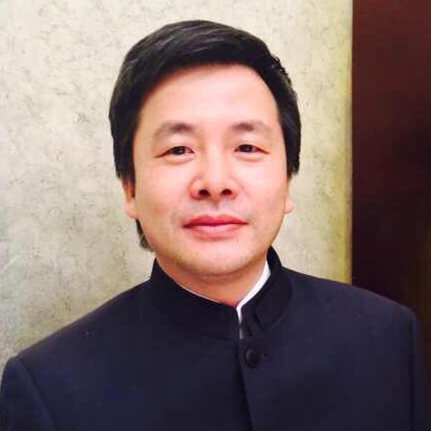
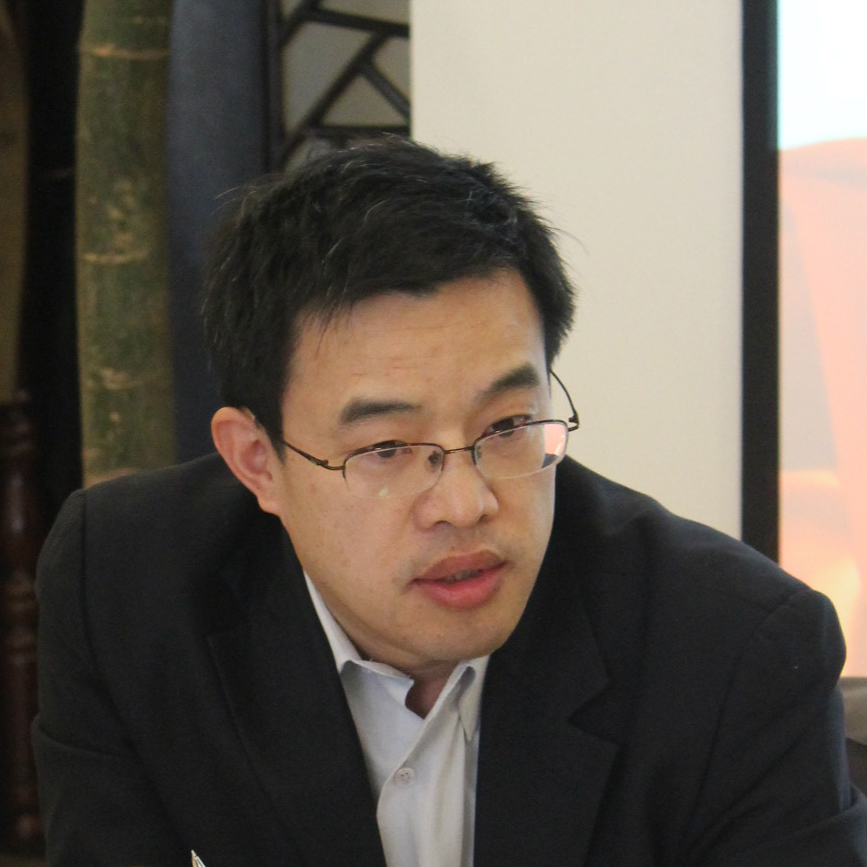
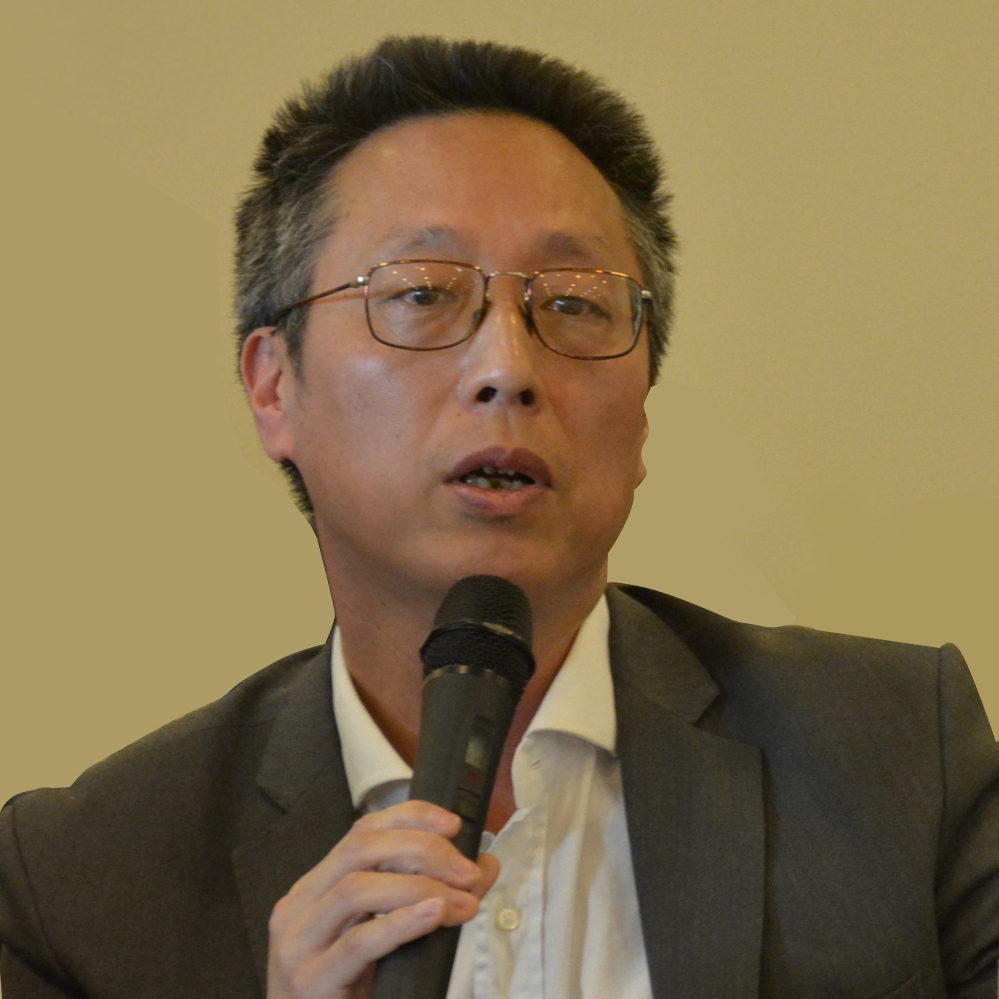

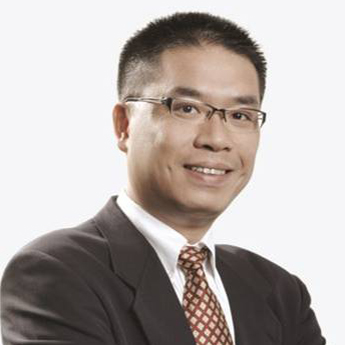
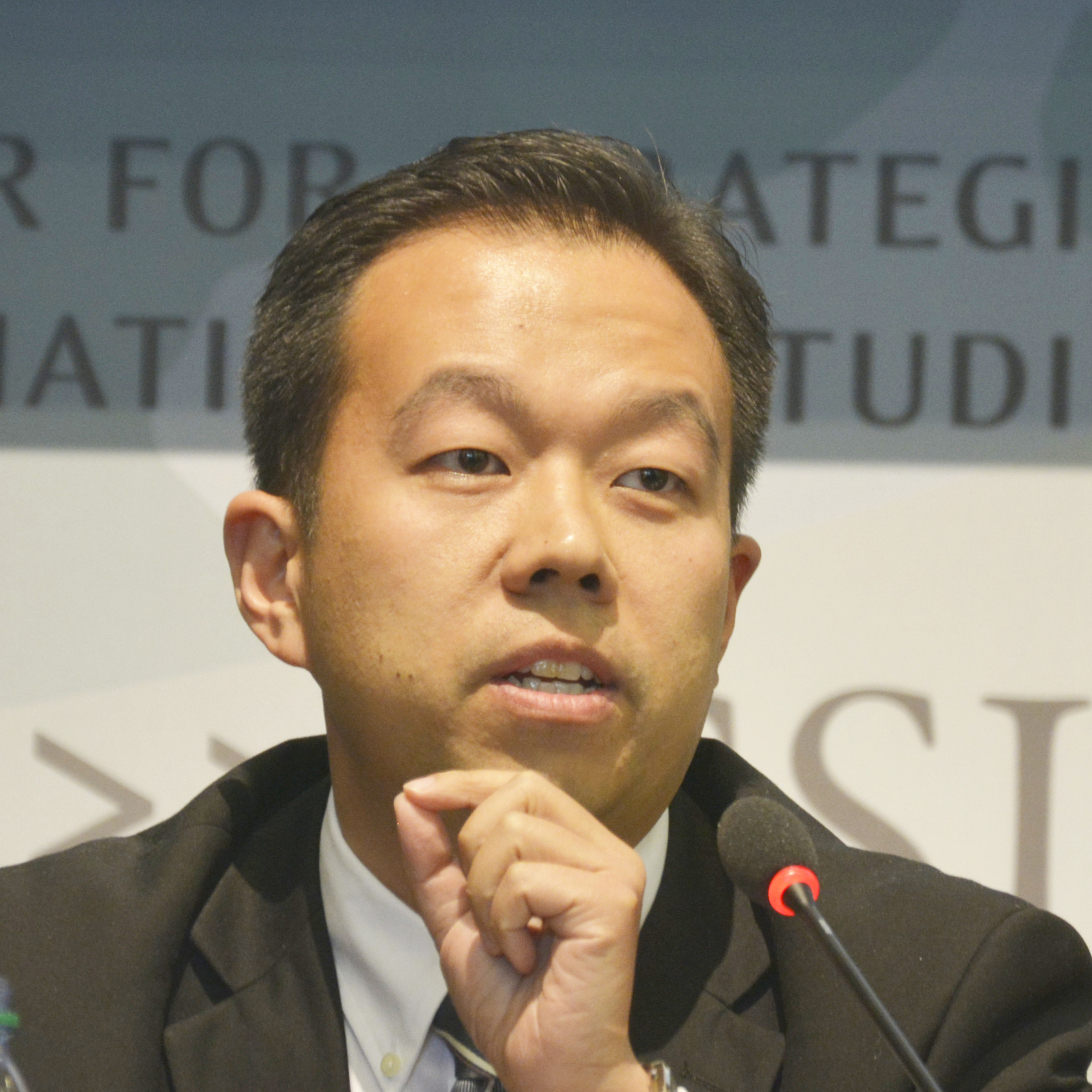
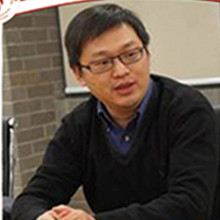
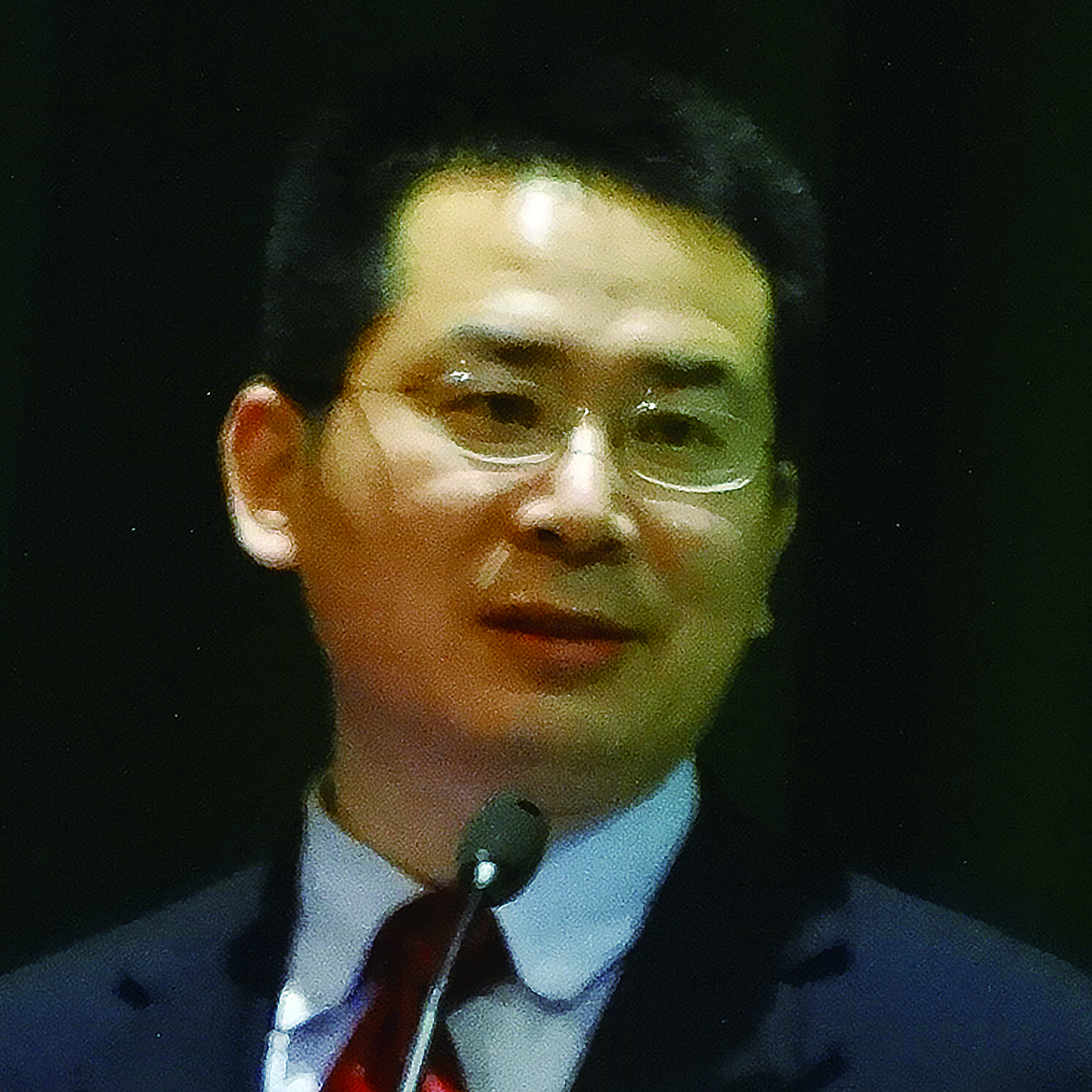
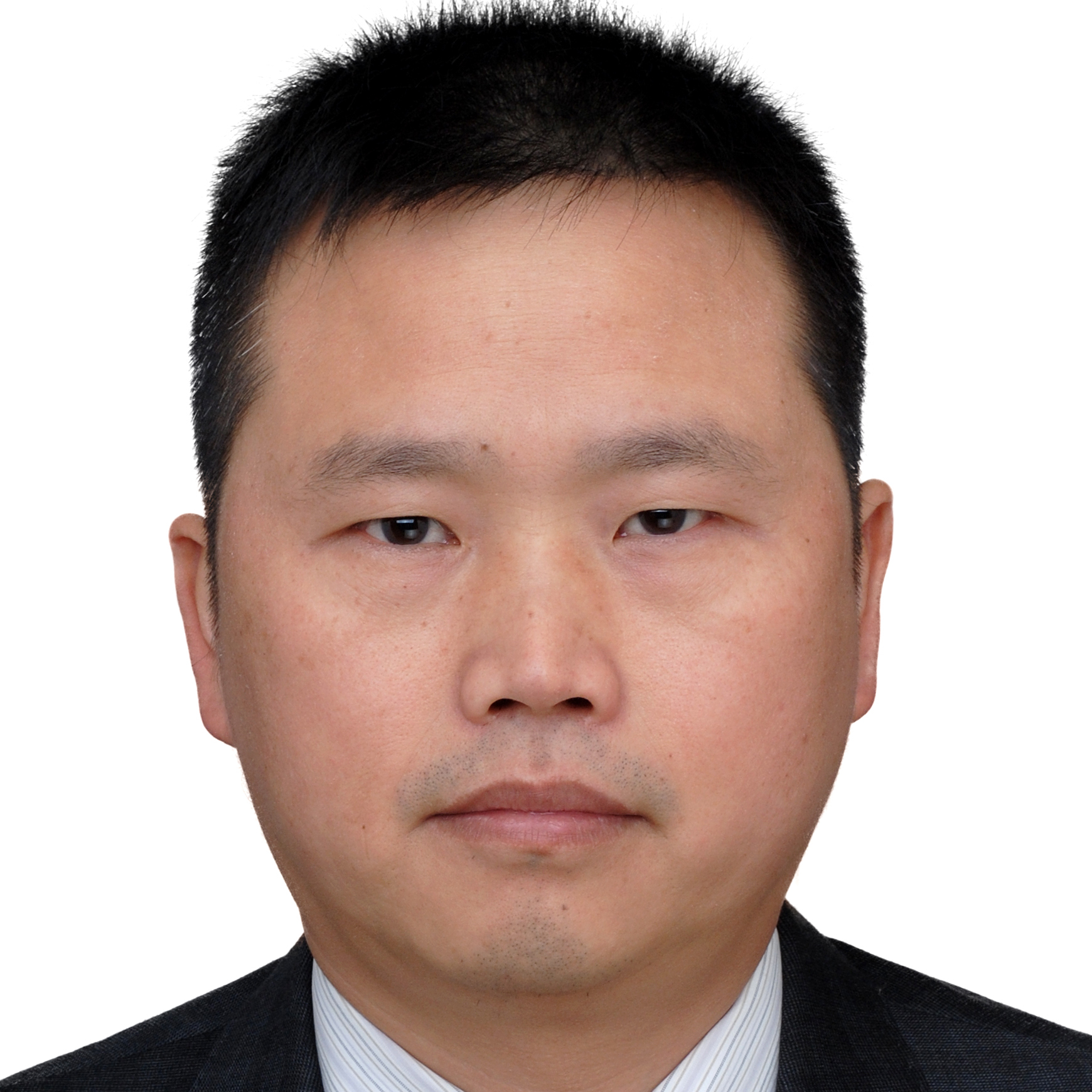
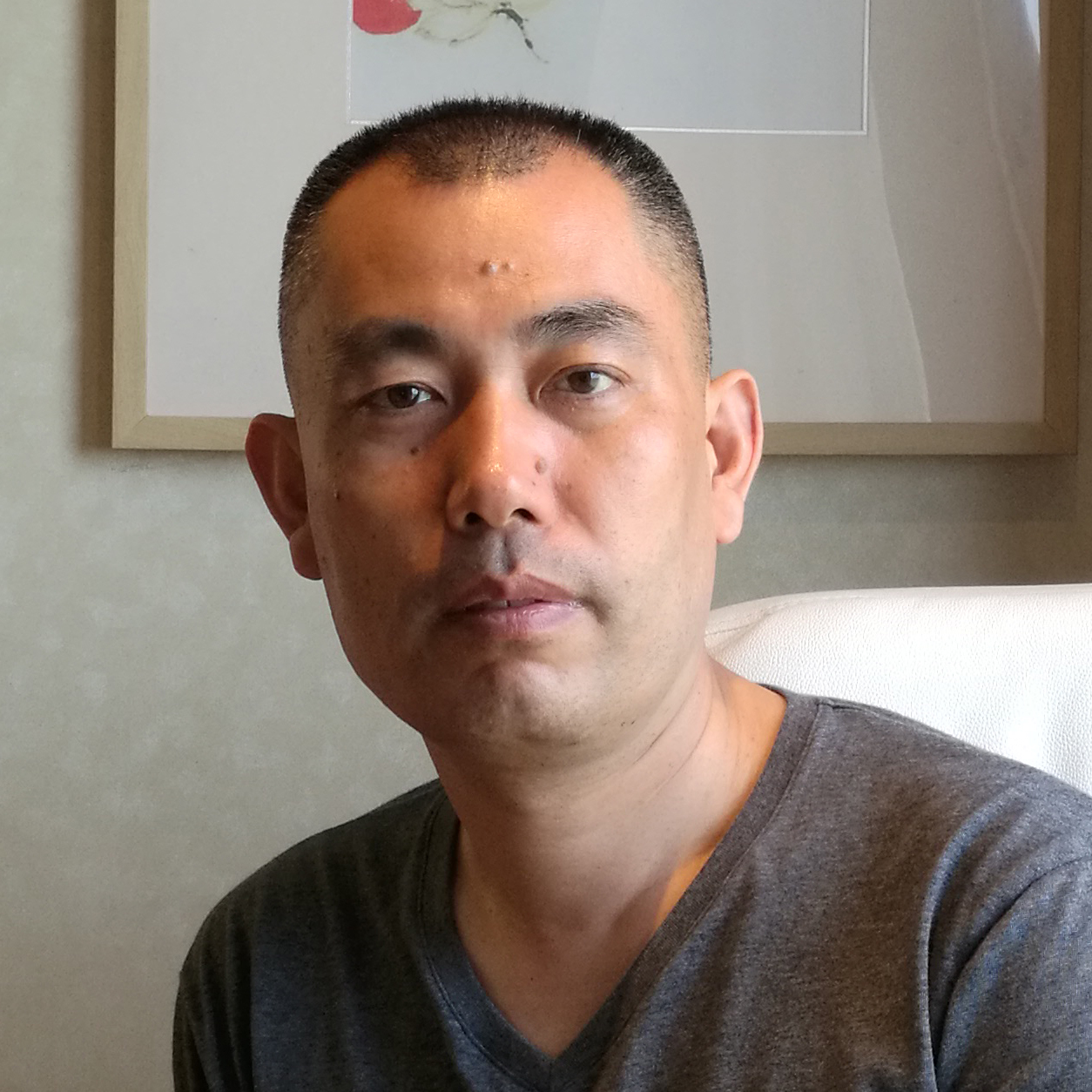
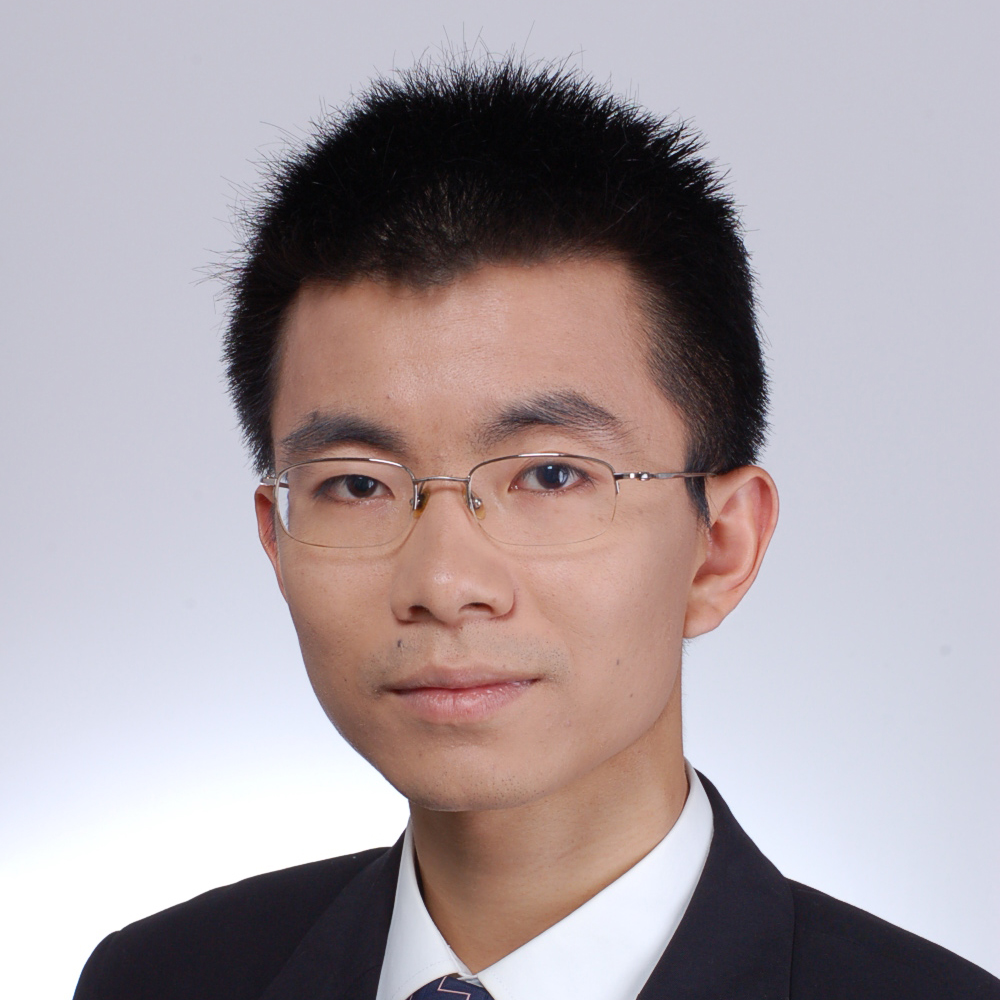
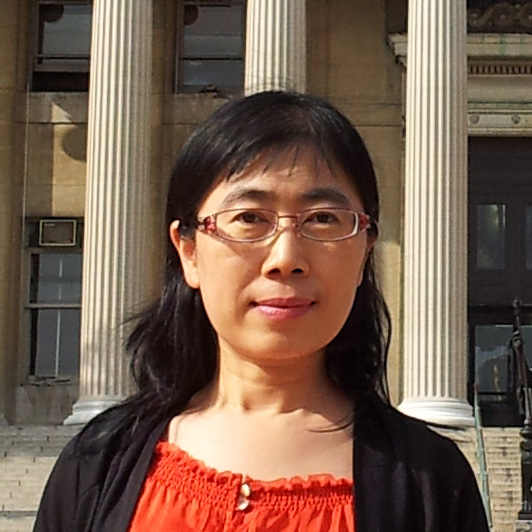


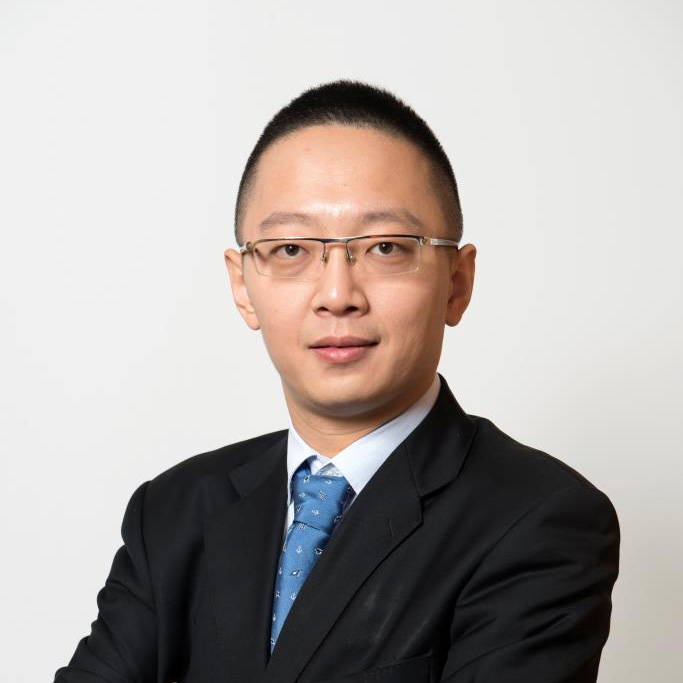
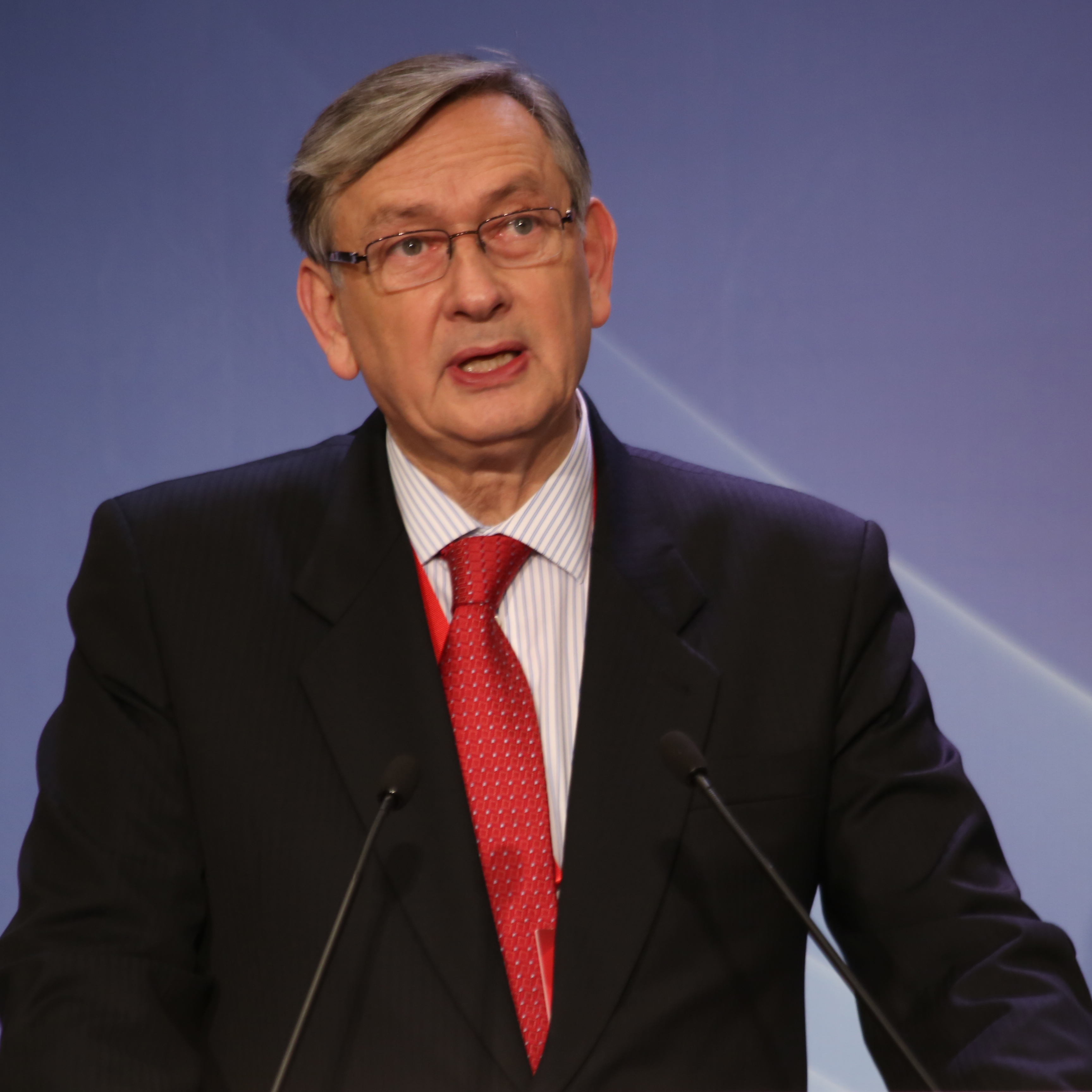

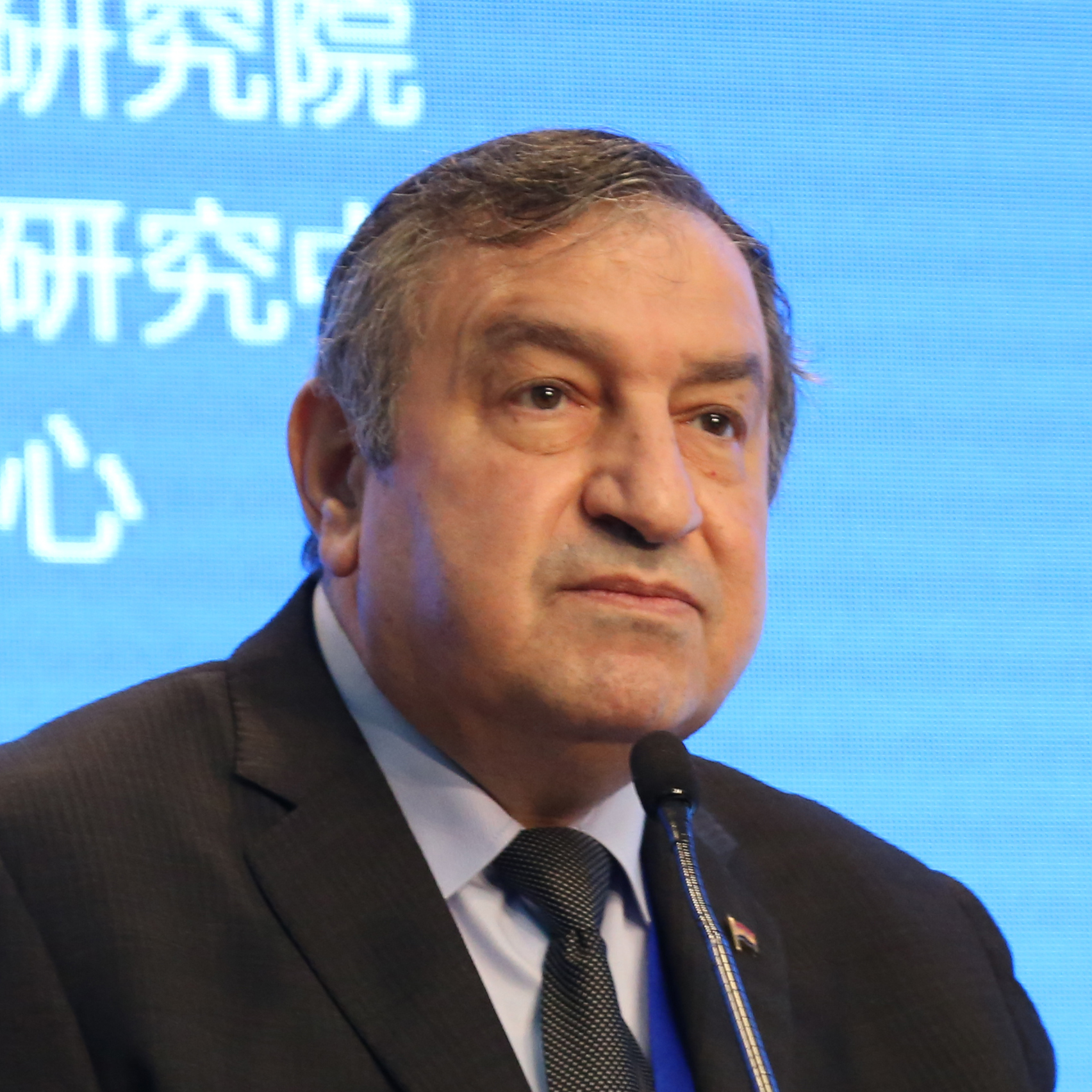
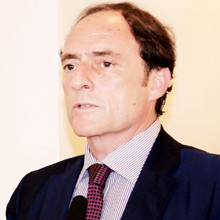
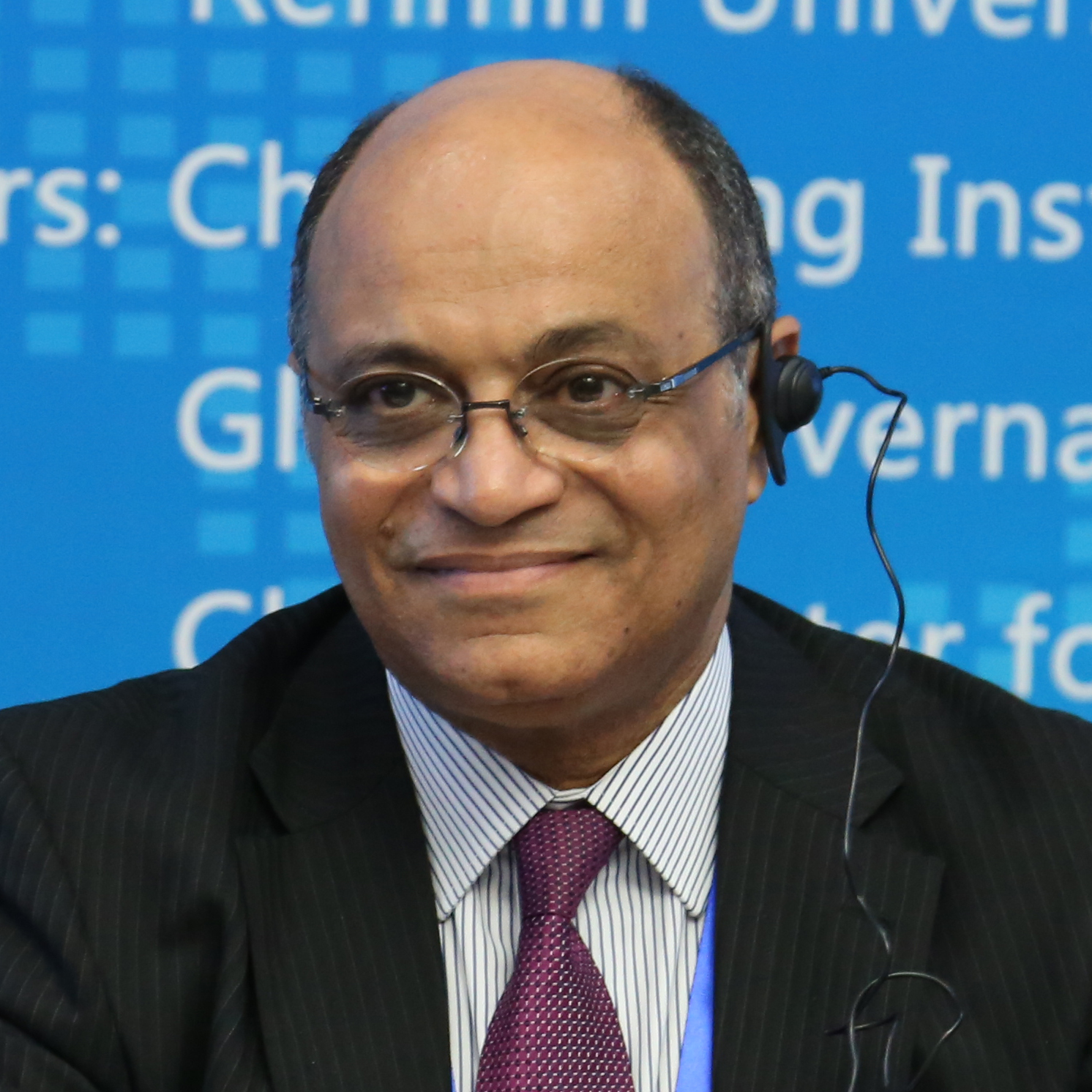
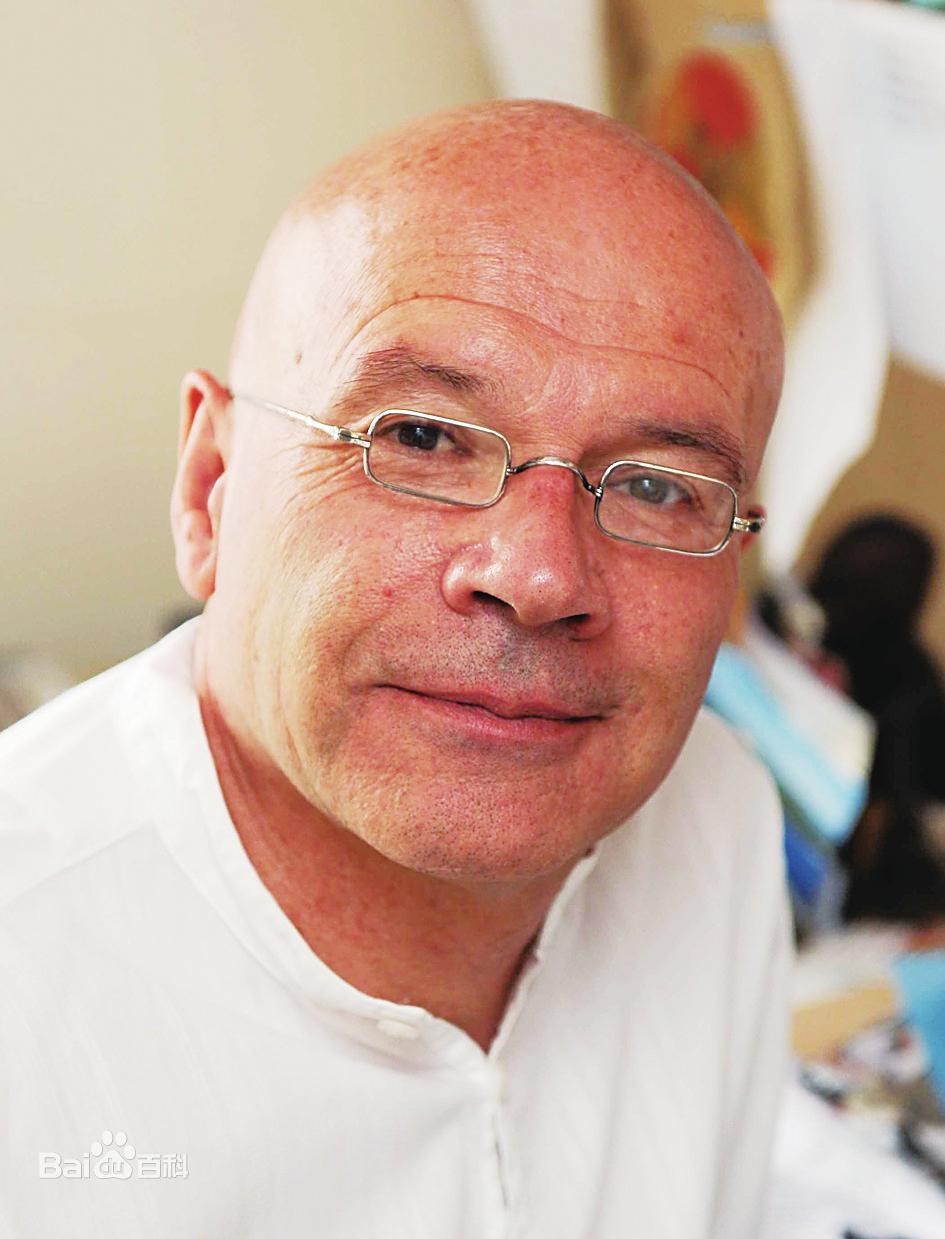


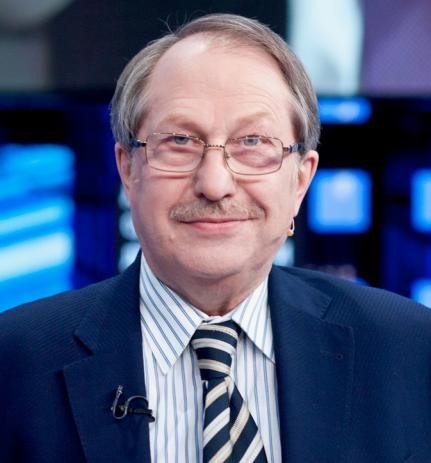



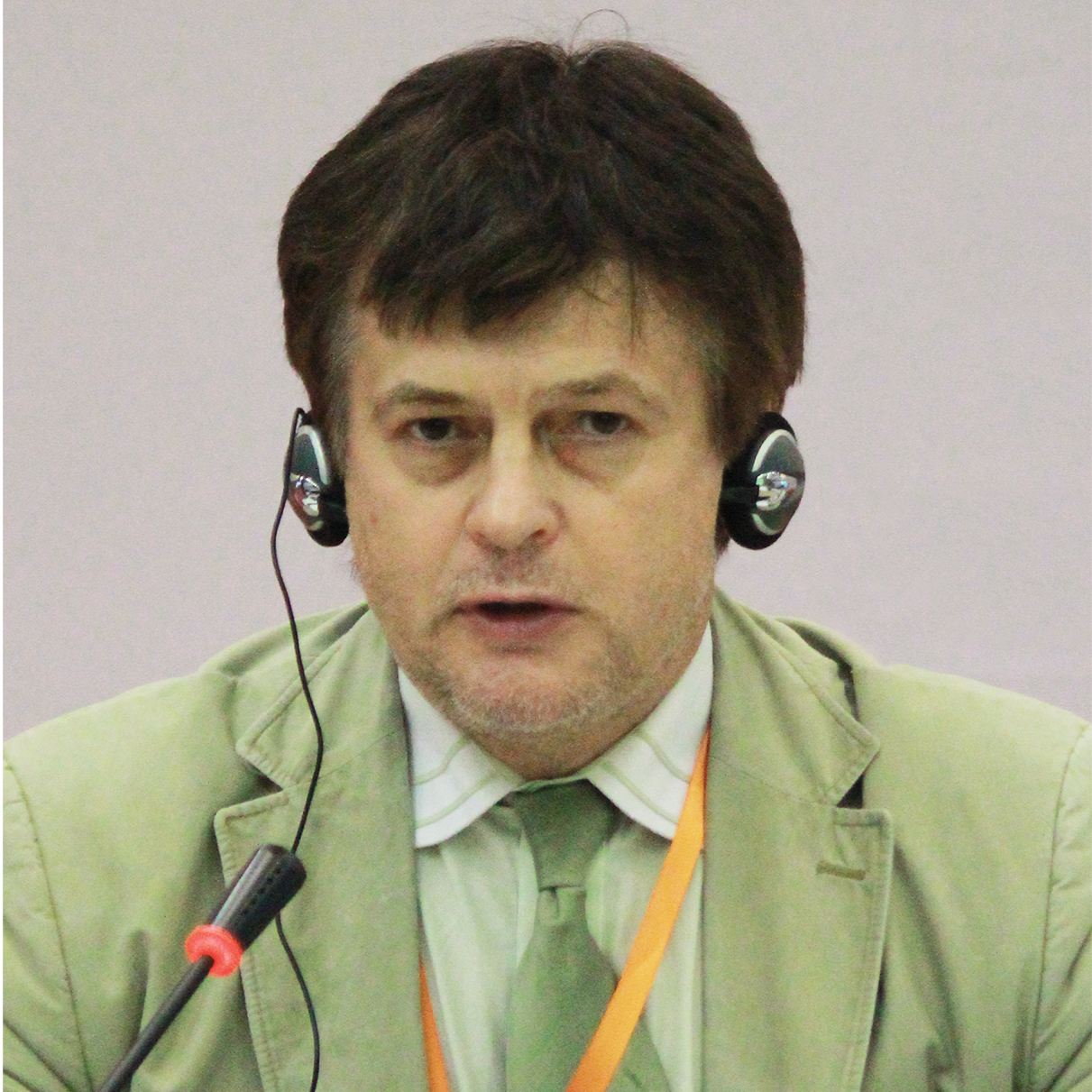
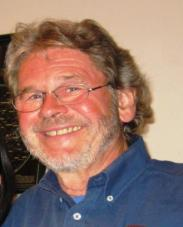
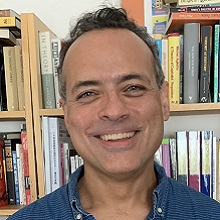

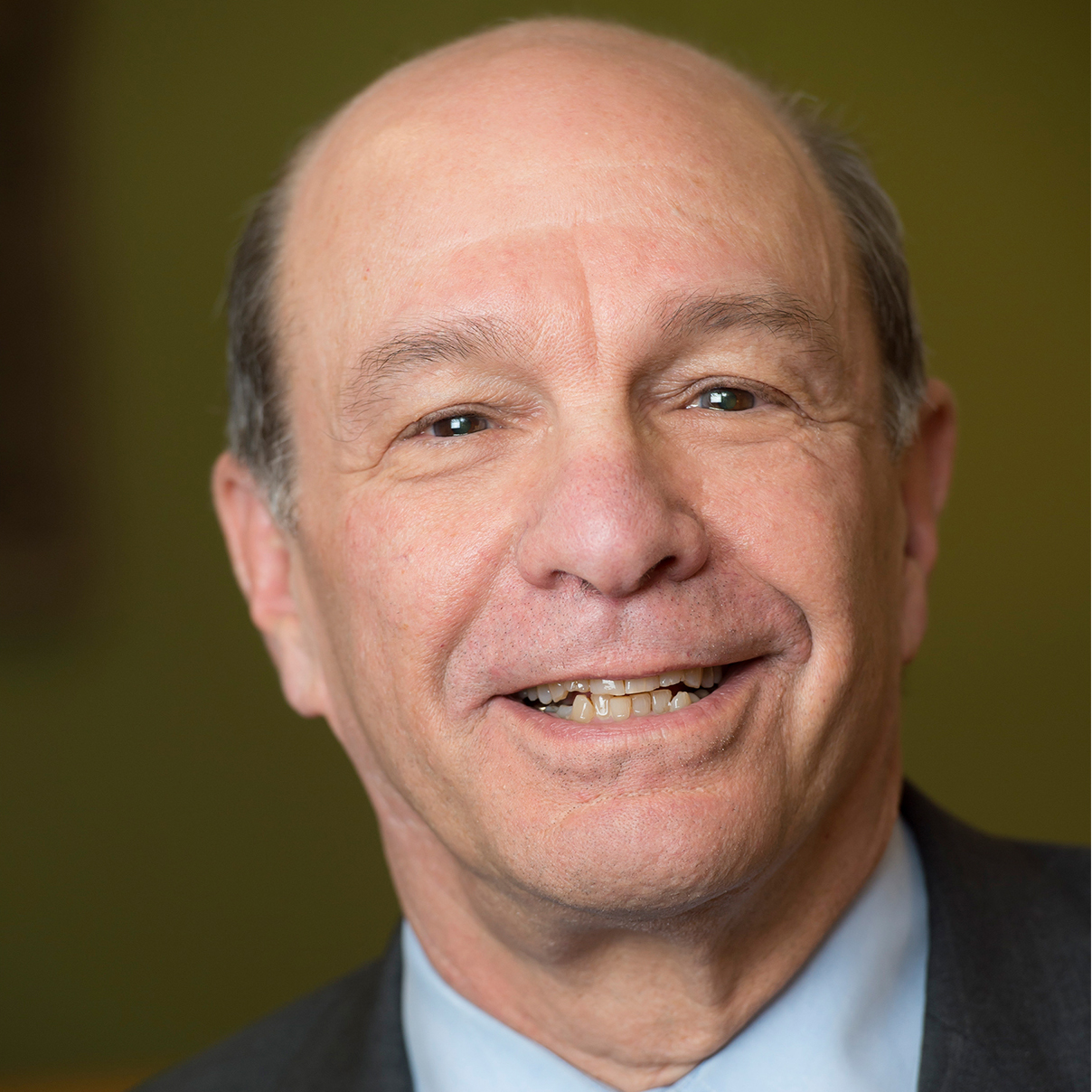

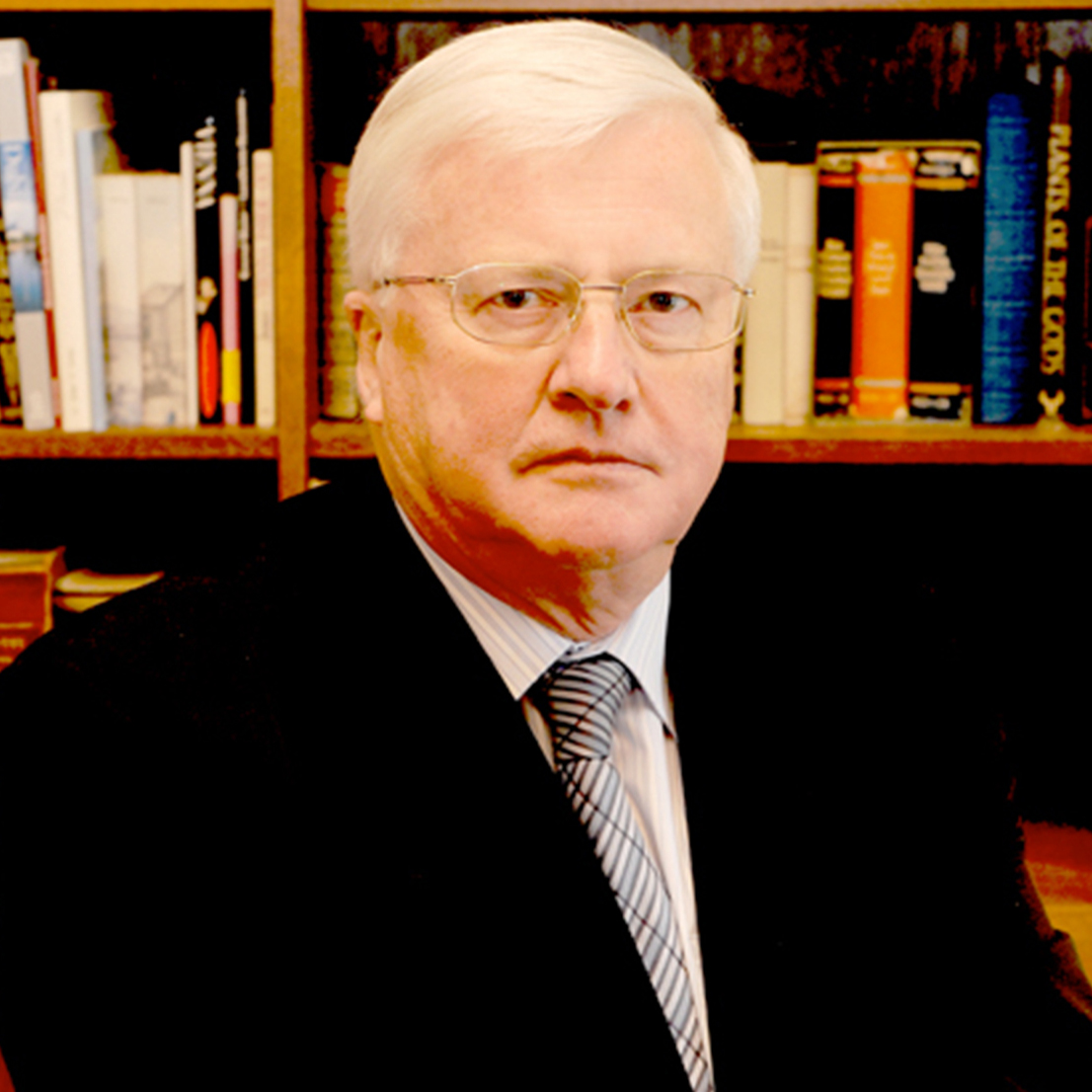
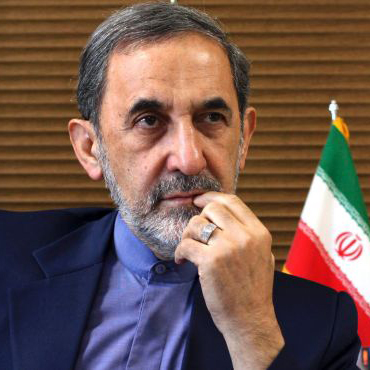
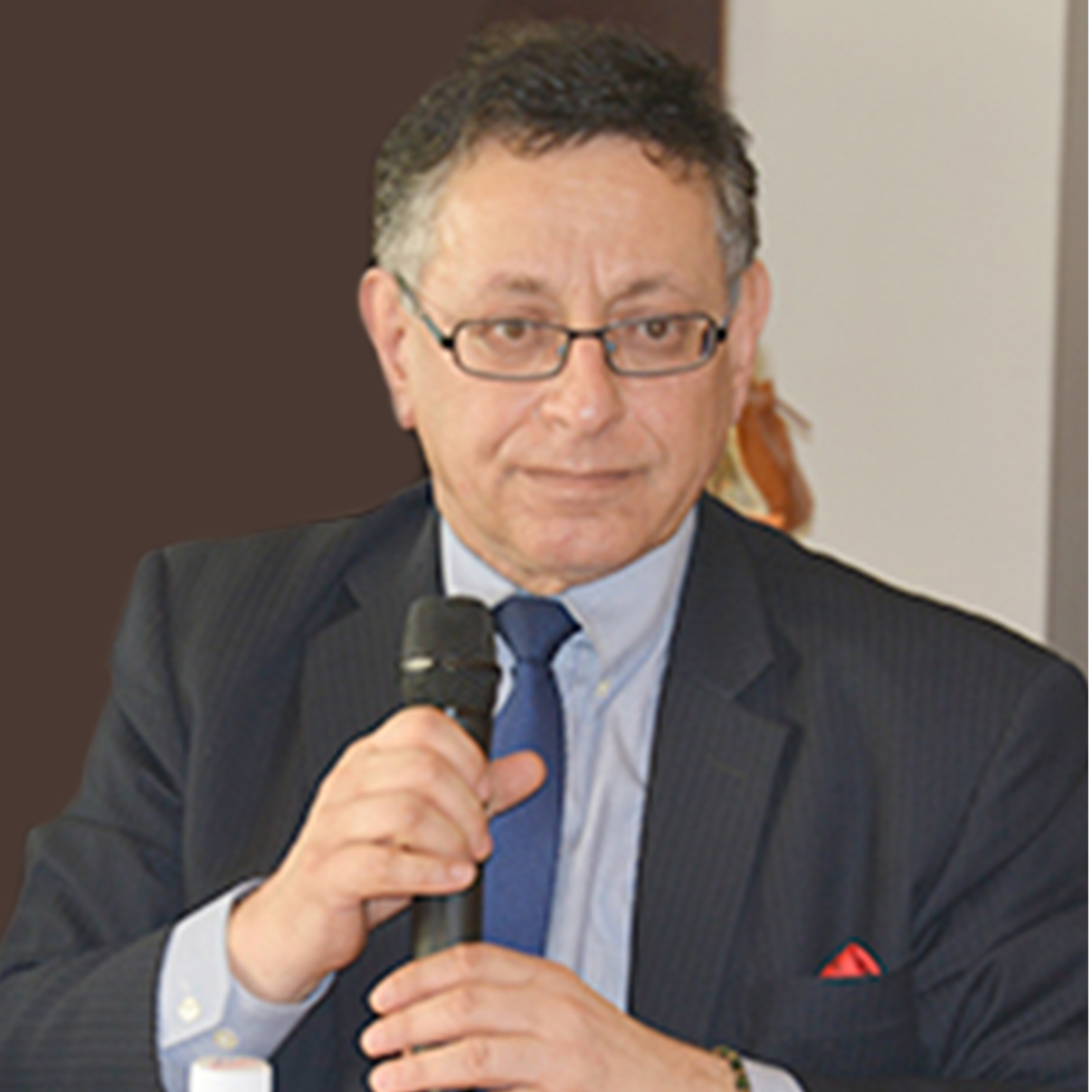
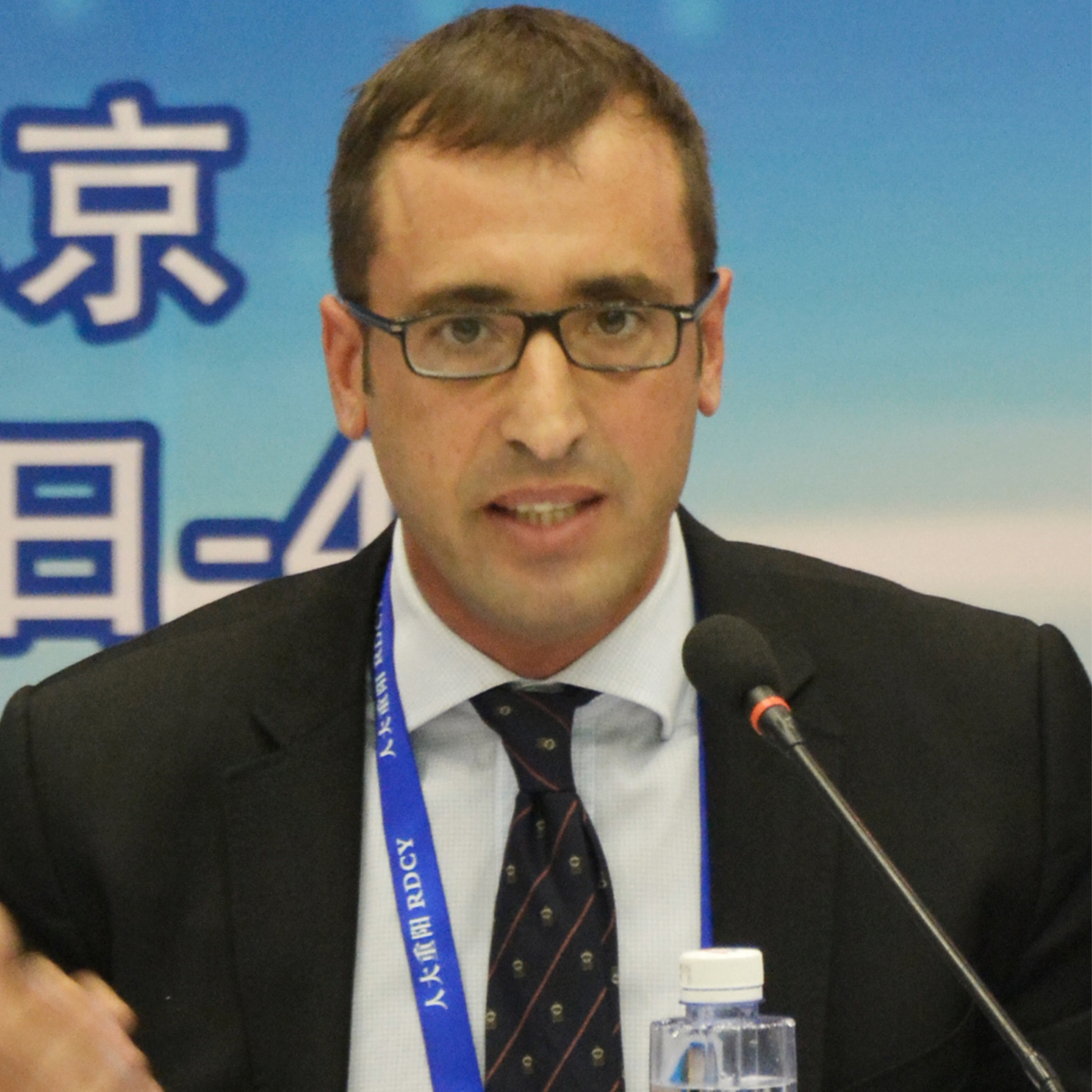

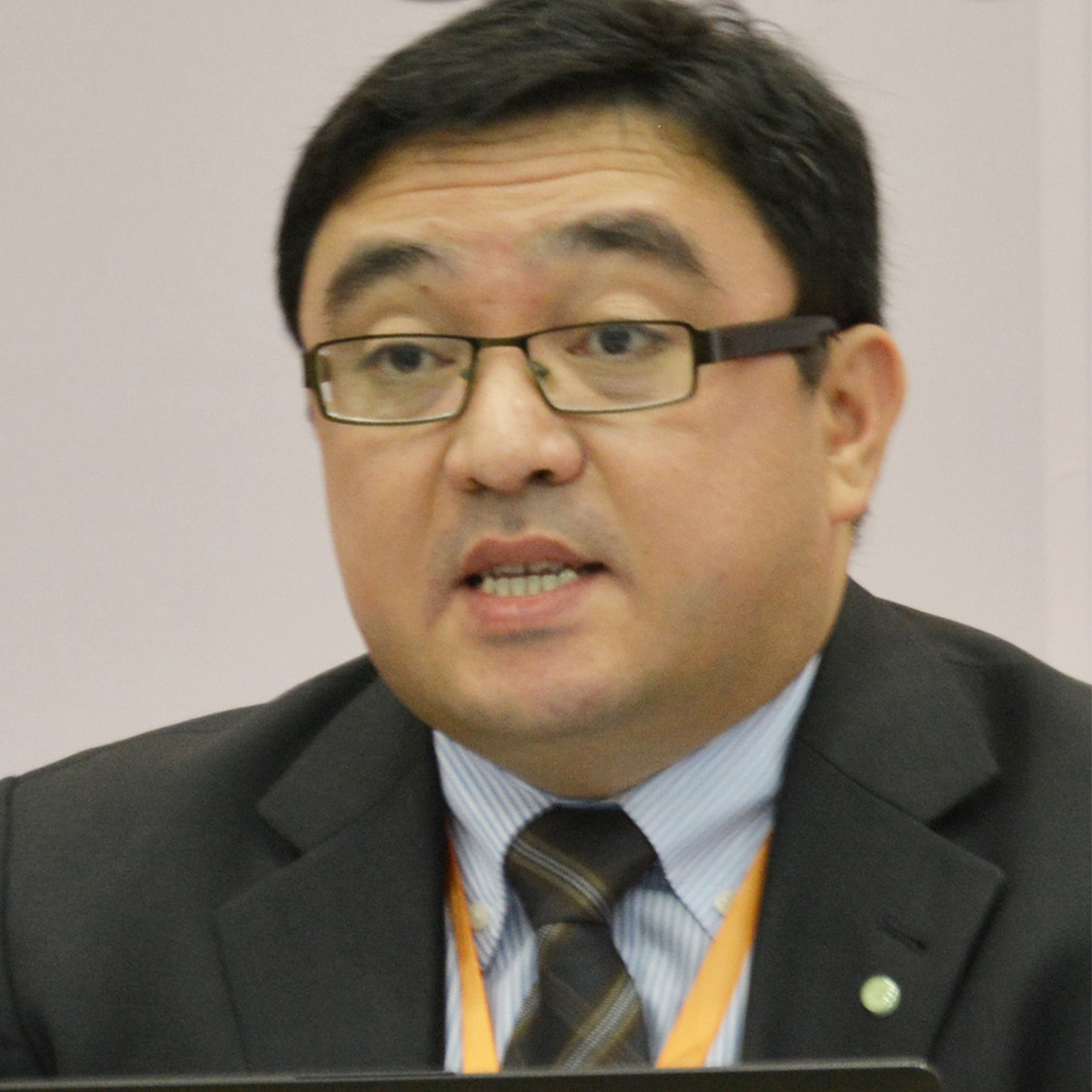
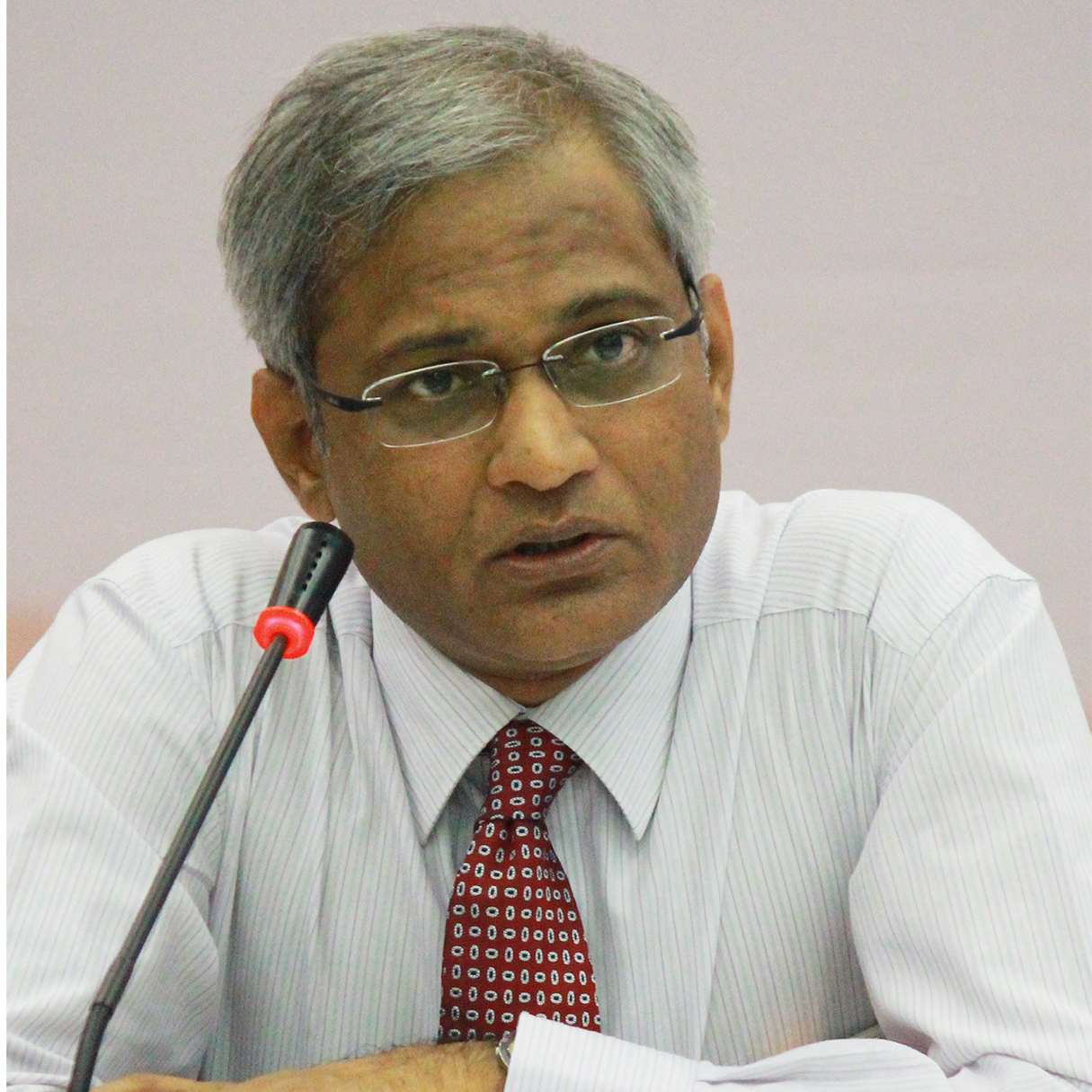
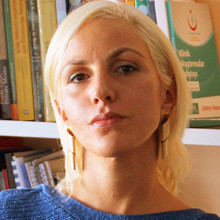


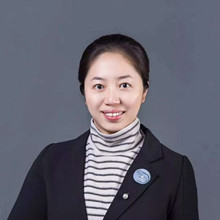
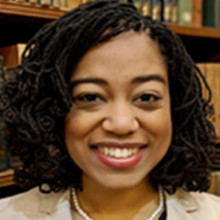
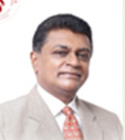

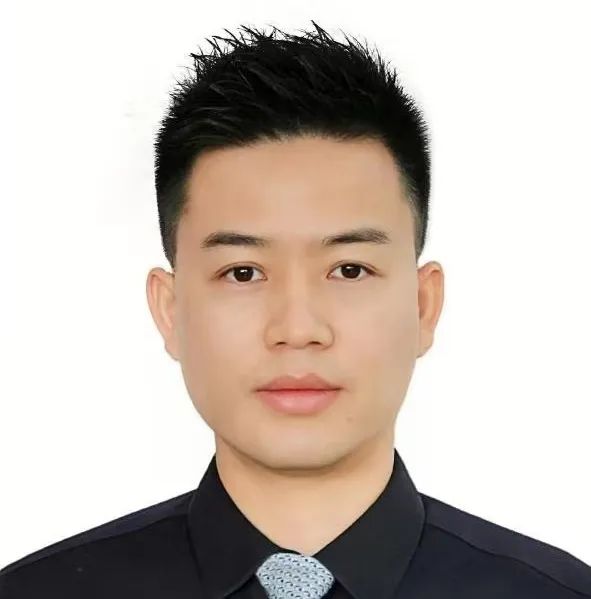
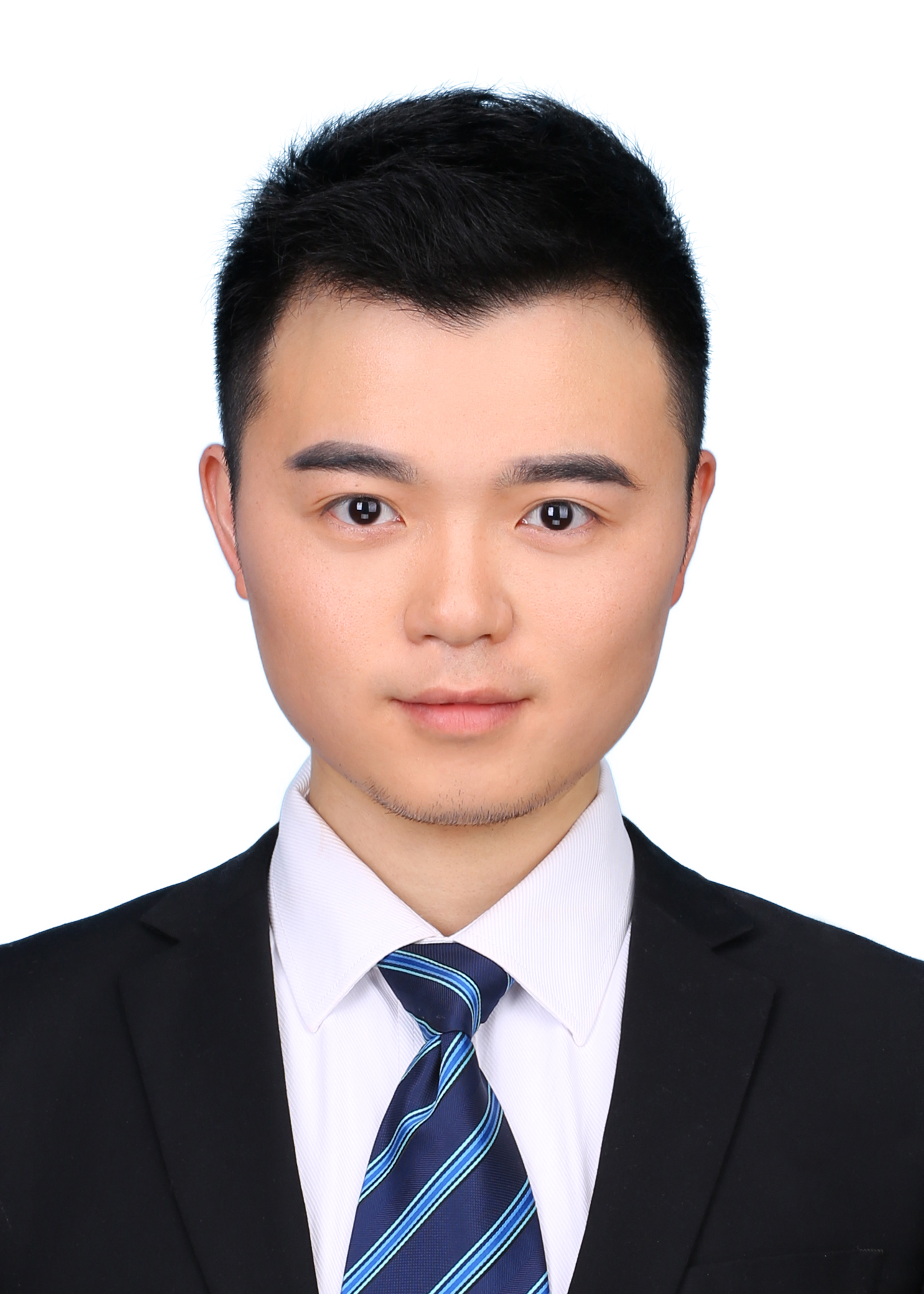
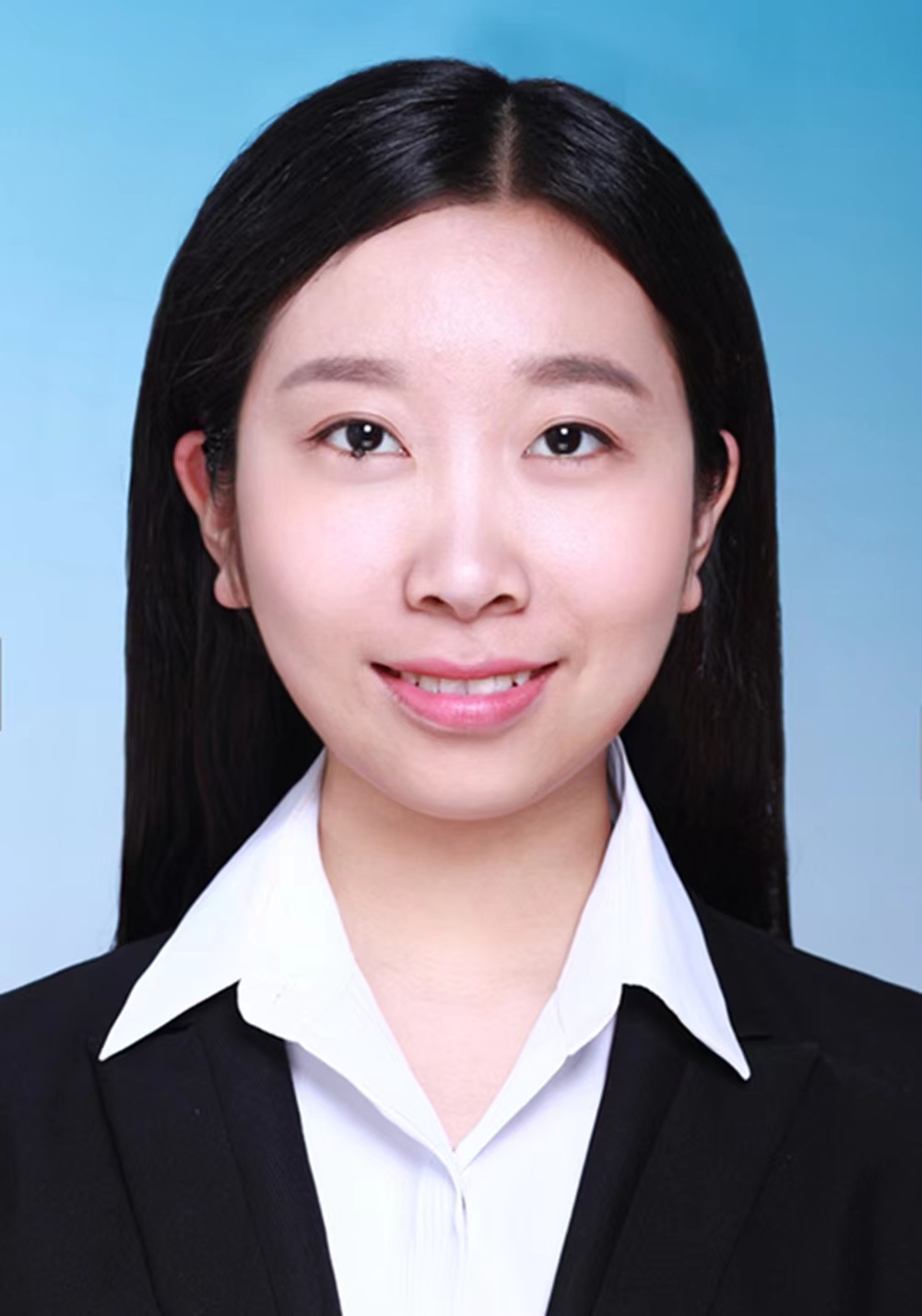
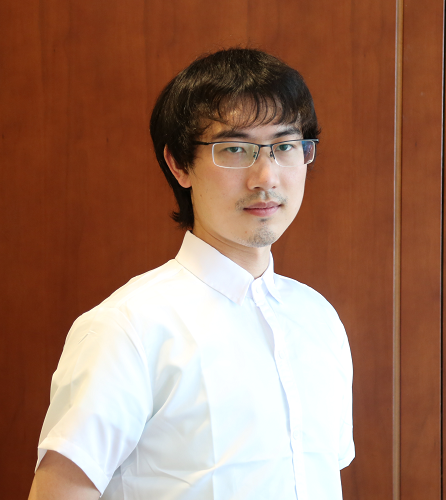



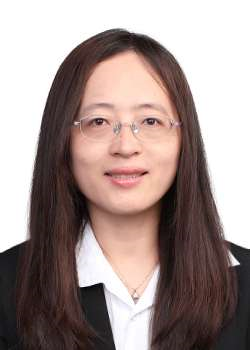


 京公网安备 11010802037854号
京公网安备 11010802037854号





